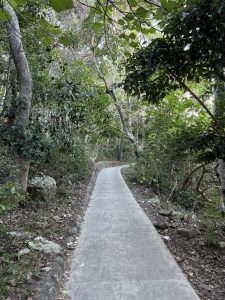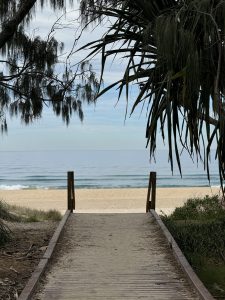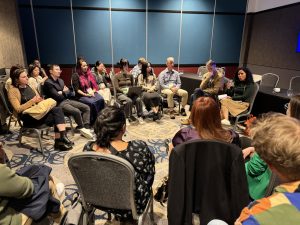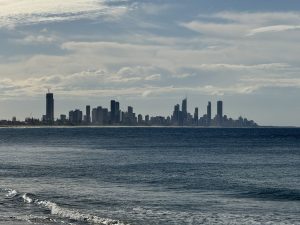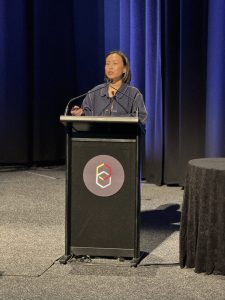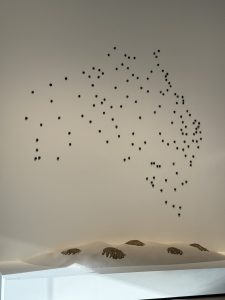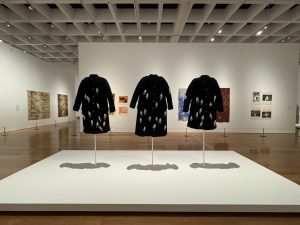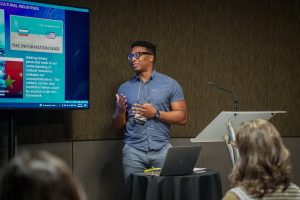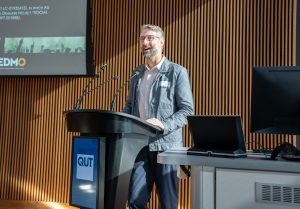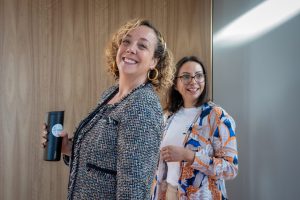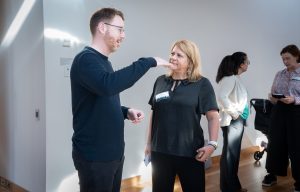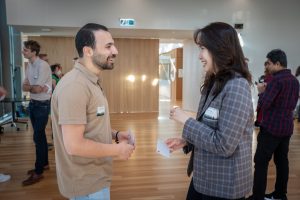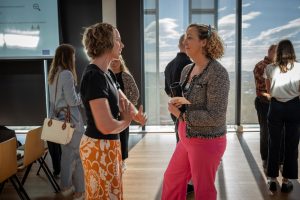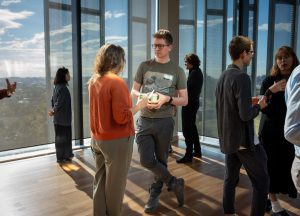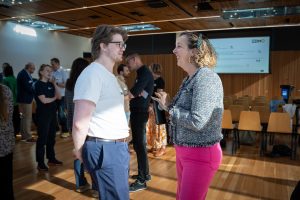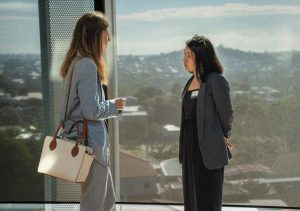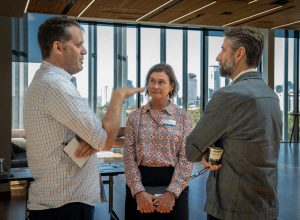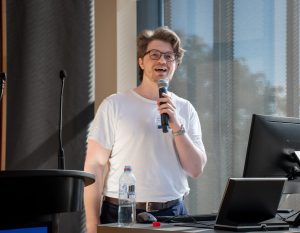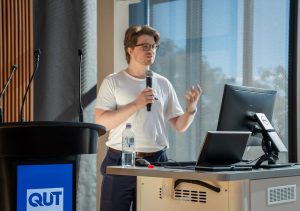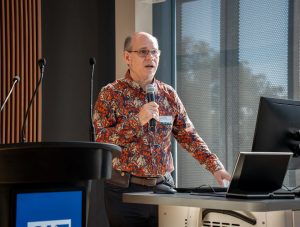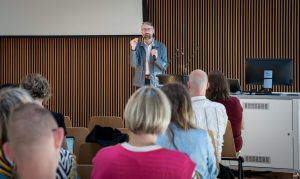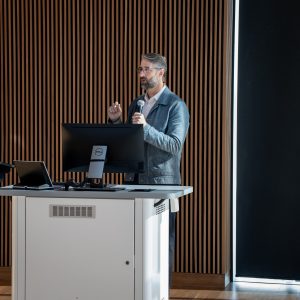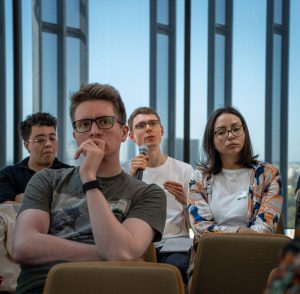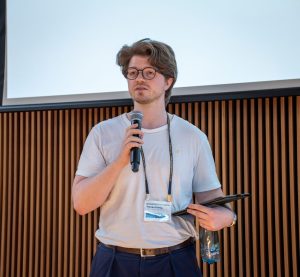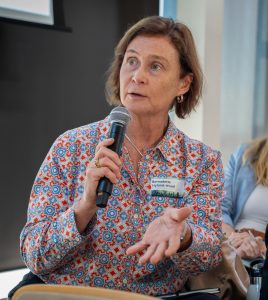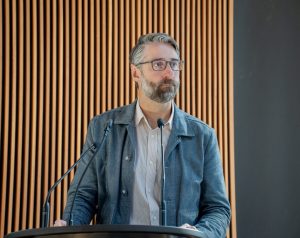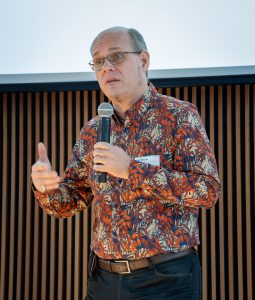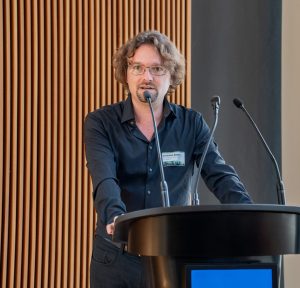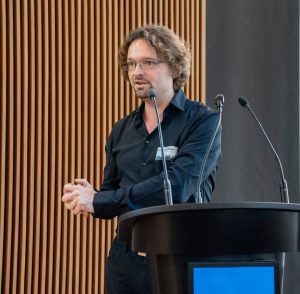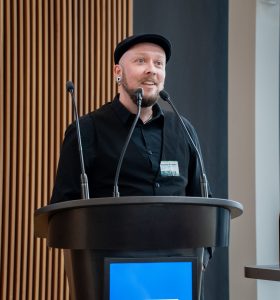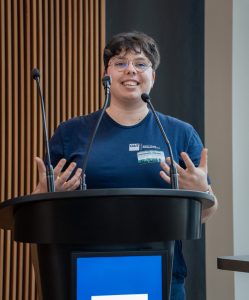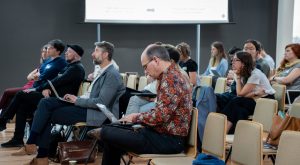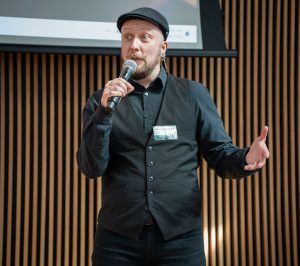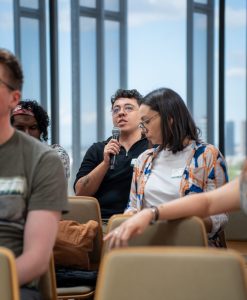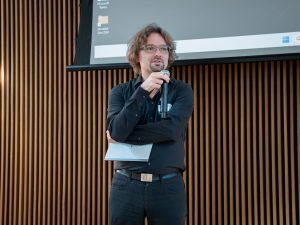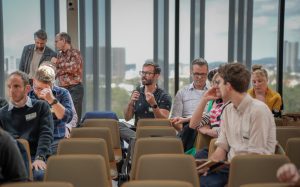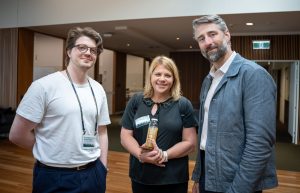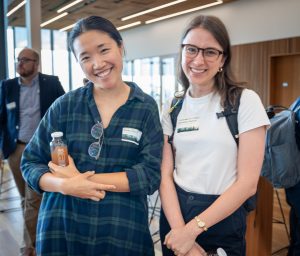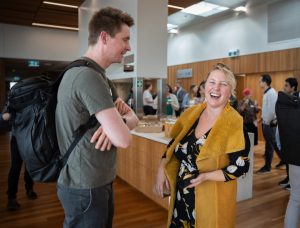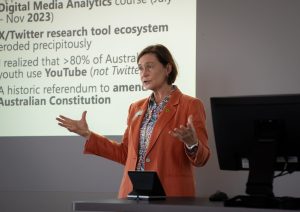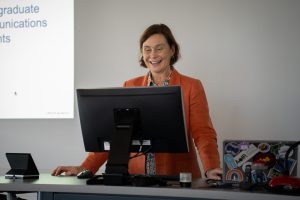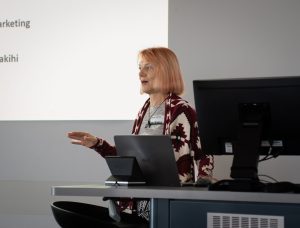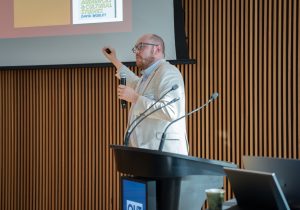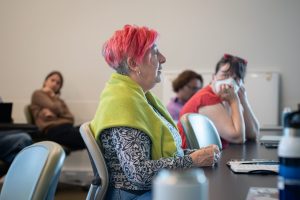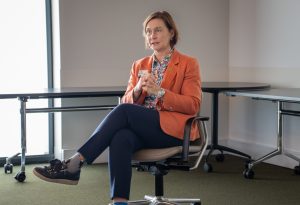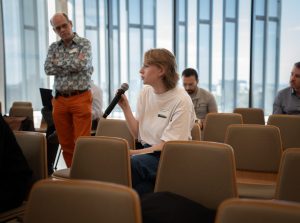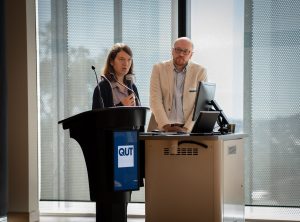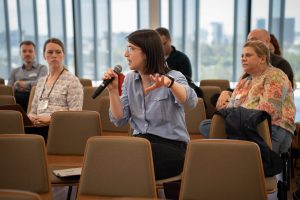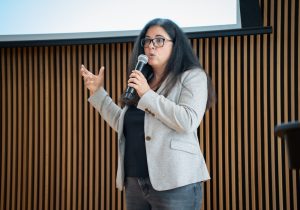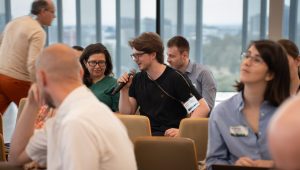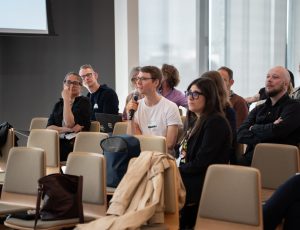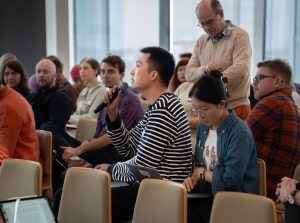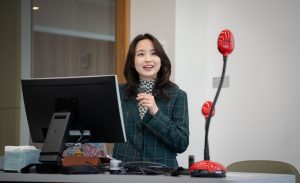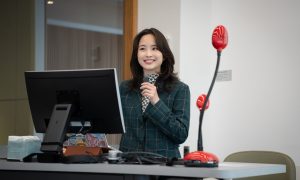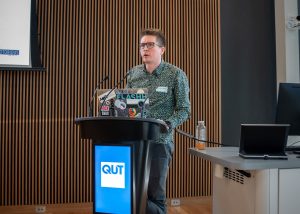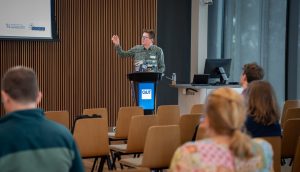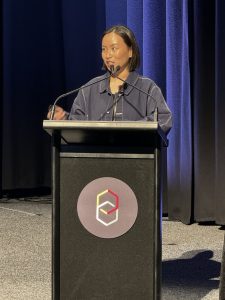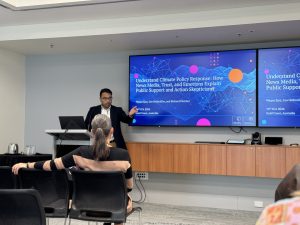Greetings from the Sunshine State: Connecting the Past and the Present
The International Communication Association (ICA) is a scholarly organization dedicated to the study of communication across various disciplines. Founded in 1950, it aims to advance the understanding, education, and practice of human and mediated communication by promoting high-quality research, teaching, and professional standards.
ICA hosts an annual conference, which brings together researchers, academics, and professionals from around the world to present their latest research, network, and discuss current trends and developments in the field of communication. This year, #ICA24 was hosted in Gold Coast, Australia.
CITAP and CITAP-affiliated researchers traveled to the Gold Coast for the opening day of ICA 2024 on June 20th. The theme for the 74th Annual ICA Conference was “Communication and Global Human Rights.”
The opening plenary began with a Welcome to Country provided by Uncle John Graham, a Traditional Custodian of the Gold Coast region and a Kombumerri man. Uncle John illuminated the rich history of Indigenous peoples in the area, emphasizing their culture and resilience despite their tragic history of violence and displacement.
Following the Welcome to Country, ICA presented a video featuring and introducing Jellurgal (also known as Burleigh Headland), a significant cultural and spiritual site for the Aboriginal peoples in the Gold Coast.

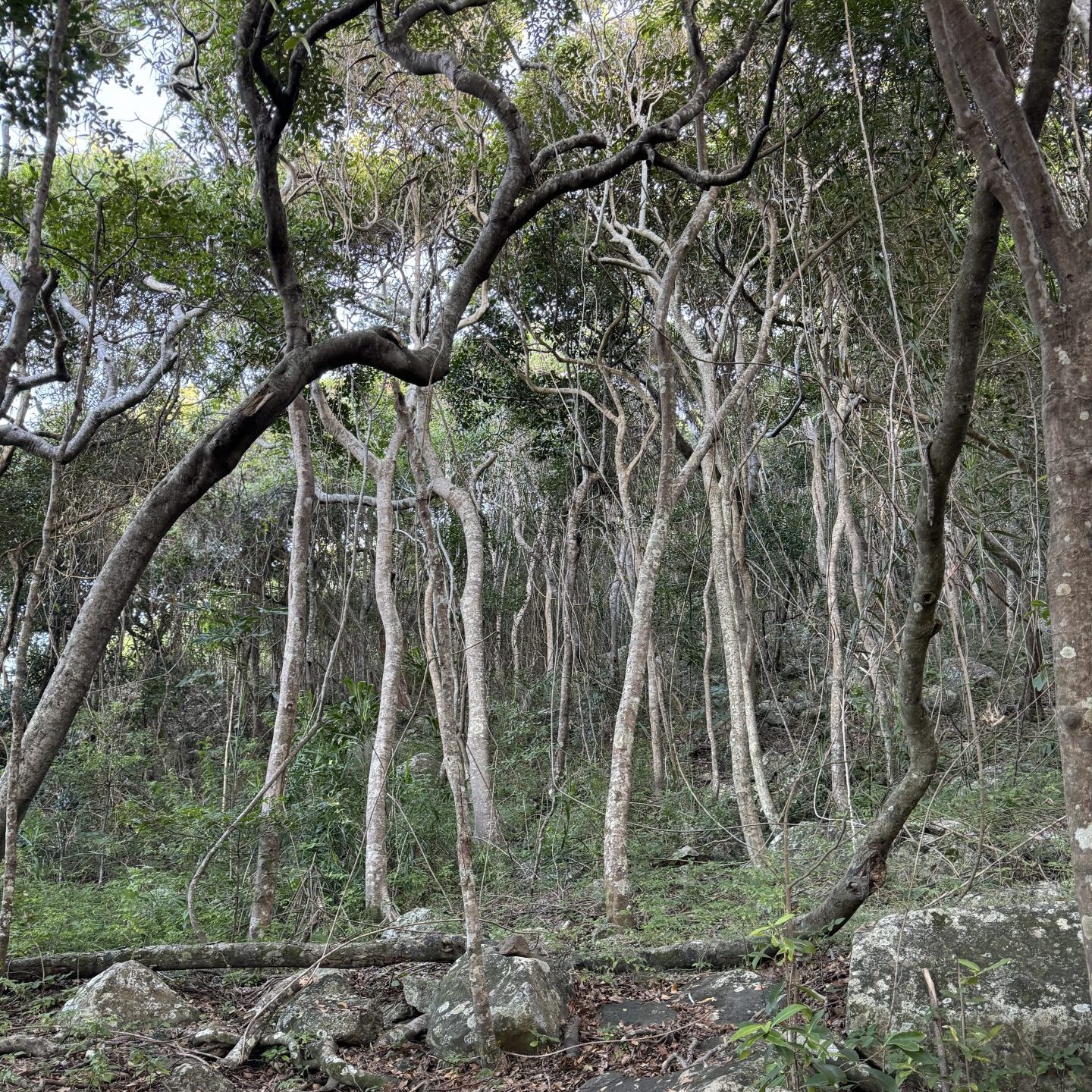
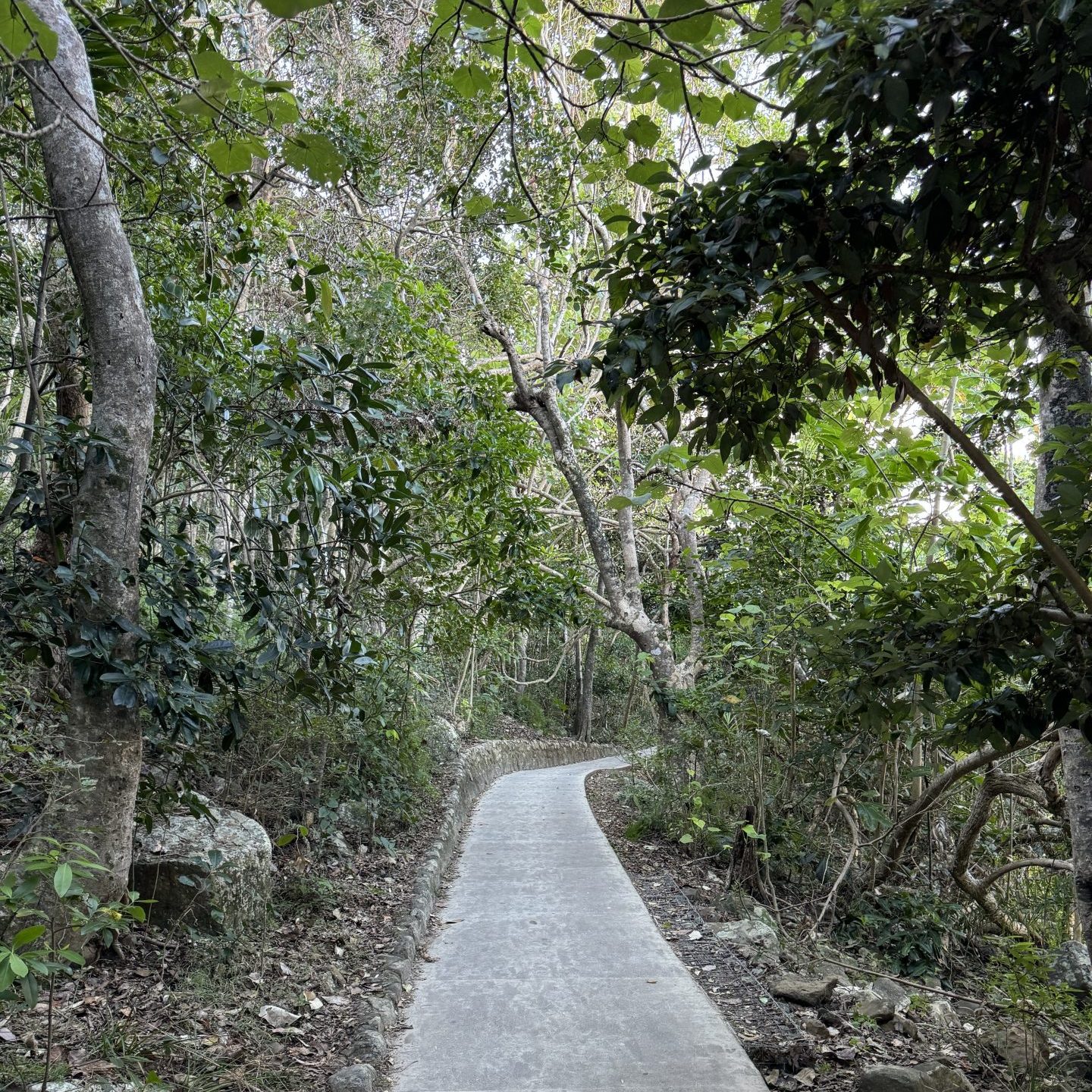
The land features are prominent in creation stories, the ecosystems and environment provide rich resources for those on the land, and it serves as a symbol of identity and continuity. Jellurgal has served as a sacred site for the Kombumerri people for 30,000 years.
The Queensland Art Gallery has work from Judy Watson, an Indigenous artist with Waanyi heritage, on display; the exhibit is titled “mudunama kundana wandaraba jarribirri”.



As the Queensland Art Gallery notes, "the title ‘mudunama kundana wandaraba jarribirri’, translated as ‘tomorrow the tree grows stronger’, is taken from a poem in Waanyi language by the artist’s son Otis Carmichael. Just as a young tree grows in strength, the act of reclaiming and voicing Indigenous language encourages a regeneration of culture."
Visiting the Gold Coast and Brisbane allowed for a rich look into the history of the peoples who first inhabited the lands, their tragic and forced removal, and how that enduring legacy continues to shape and enrich the cultural landscape of Australia today.





Conversations by the Coast
ICA2024 started out with the aforementioned plenary on the 20th, followed by 4 packed days of panels, papers, and presentations.
A number of CITAP researchers and affiliates were on panels or moderated panels, including Daniel Kreiss, Shannon McGregor, Daniel Johnson, Heesoo Jang, TJ Billard, Jo Lukito, Kara Ortiga, Rohan Grover, Cindy Ma, Waqas Ejaz, to name just a few.
On Friday the 21st, CITAP Principal Investigator Daniel Kreiss served as a discussant on a panel with Kate Wright, Cherian George, and Frances Lee discussing the question “What is the Relationship between Media Capture and Democratic Backsliding?”
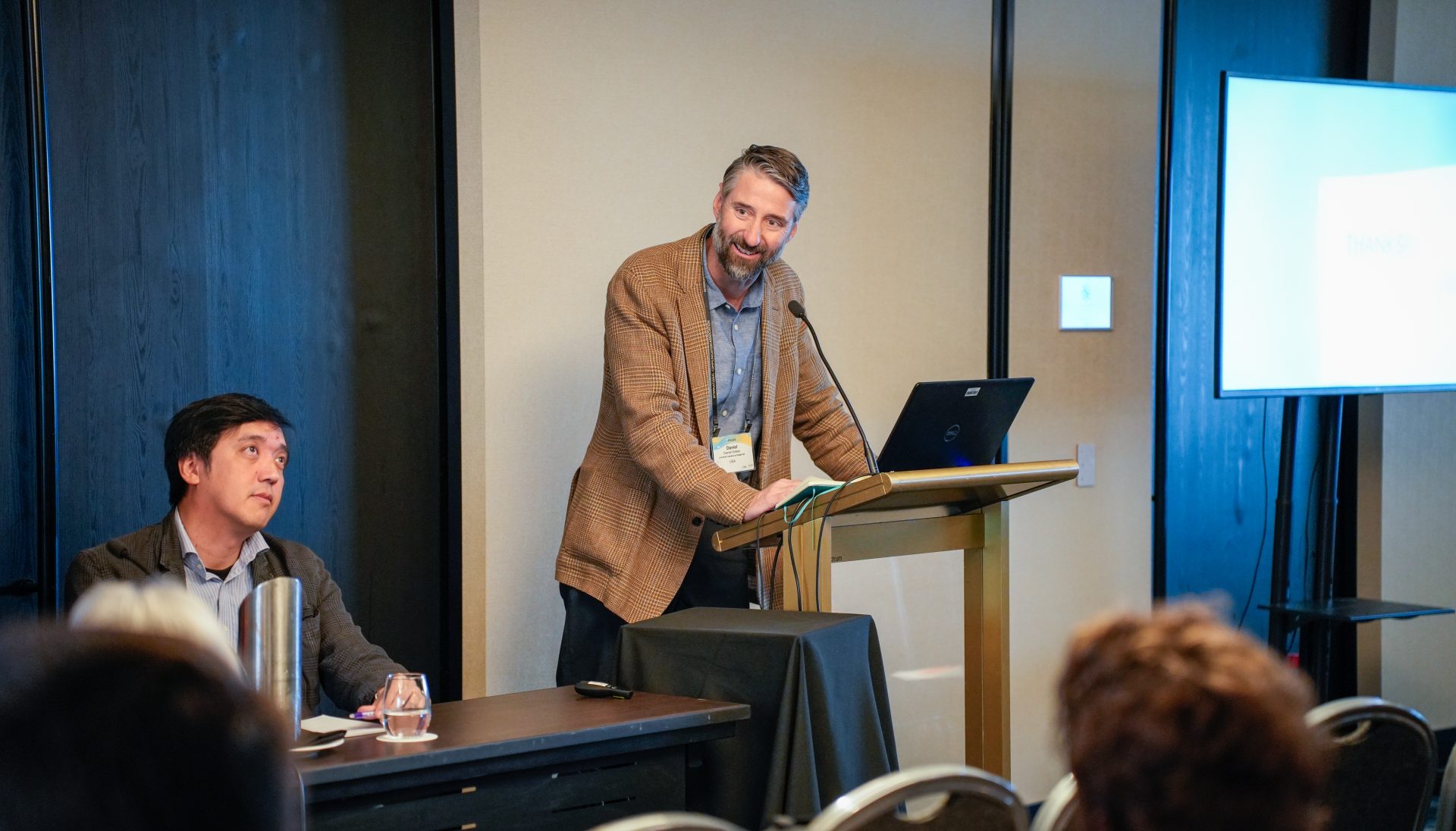
Later that day, Daniel was a discussant for a workshop titled “What is Media Influence in 2024?”

On Saturday the 22nd, CITAP Affiliate Kara Ortiga presented “Why do Audiences Watch Political Influencers? Examining Viewers’ Engagement with Pro-Marcos Channels.”
Later that day, CITAP Affiliate Waqas Ejaz presented “Understand Climate Policy Response: How Media, Trust, and Emotion Explain Public Support and Action Skepticism




On Monday the 24th, a CITAP affiliate and former CITAP research assistant, Daniel Johnson presented “Producer, Not Just Subsidizer: The U.S Military as a Cultural Industry.”
At the same time on Monday, CITAP Principal Investigator Shannon McGregor served as a discussant on the panel, "Representations of the Public in Media Coverage of Politics: Cross-National Approaches"
The interdisciplinary nature of CITAP and our network was on full display during ICA2024; from democratic backsliding to climate policy response to the cultural impact of the U.S. military, our researchers and affiliates covered a broad spectrum of critical issues within the communication field and beyond.
Their diverse contributions highlighted both the depth and breadth of CITAP's commitment to researching and informing a complex digital future rooted in equality and justice.
Brisbane Dialogues: Power, Propaganda, Polarisation
The 26th marked the first day of the CITAP co-hosted post-conference, “P3: Power, Propaganda, Polarisation,” hosted alongside the QUT Digital Media Research Centre and the AU DataLab – Center for Digital Social Research.
The first day began with an academic “match-making” session that allowed for participants to meet each other and learn about their research areas.
21 universities across 8 countries were represented by just the presenters at this post-conference, allowing for a rich and generative dialogue across academic and cultural contexts.
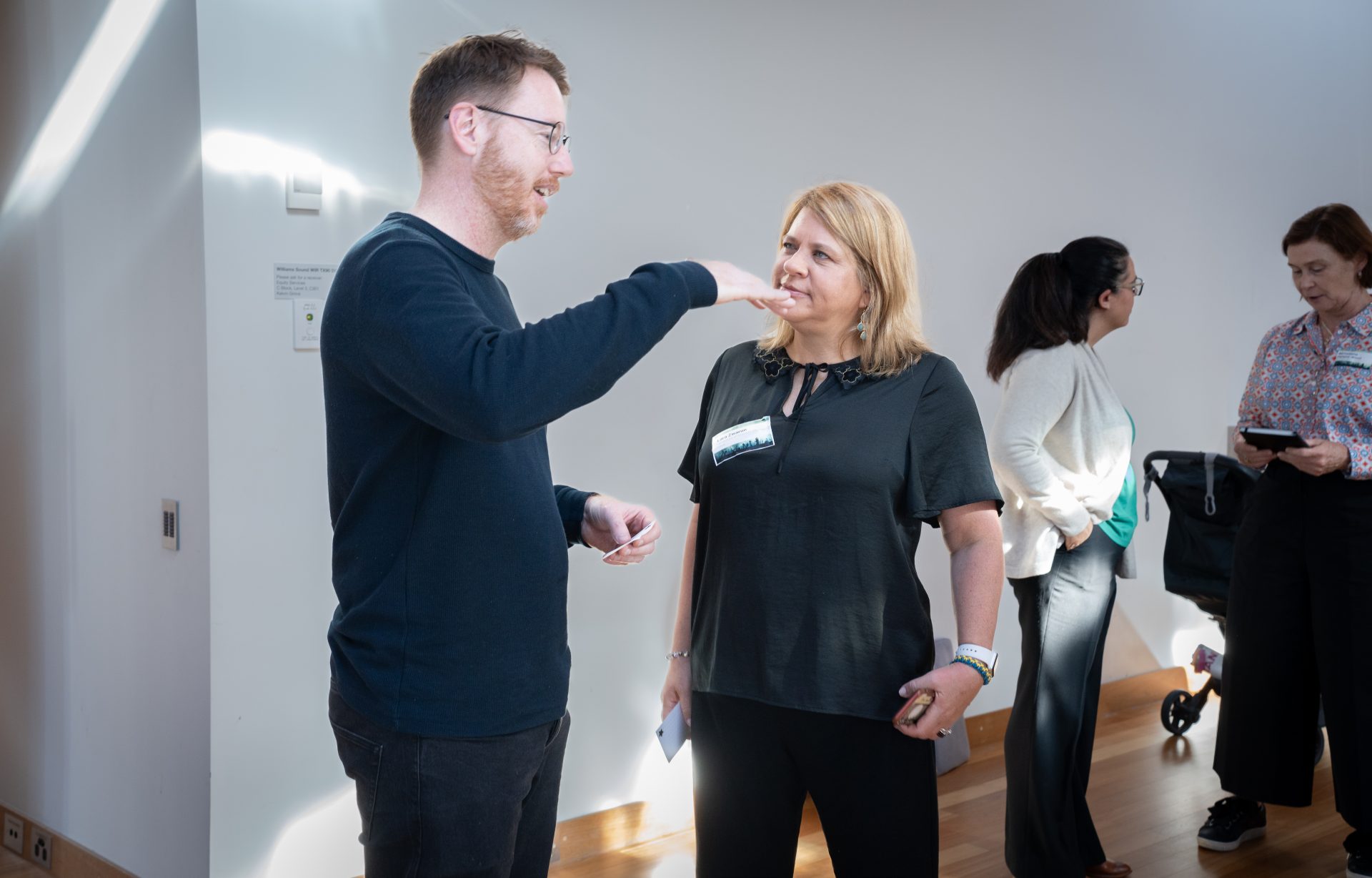
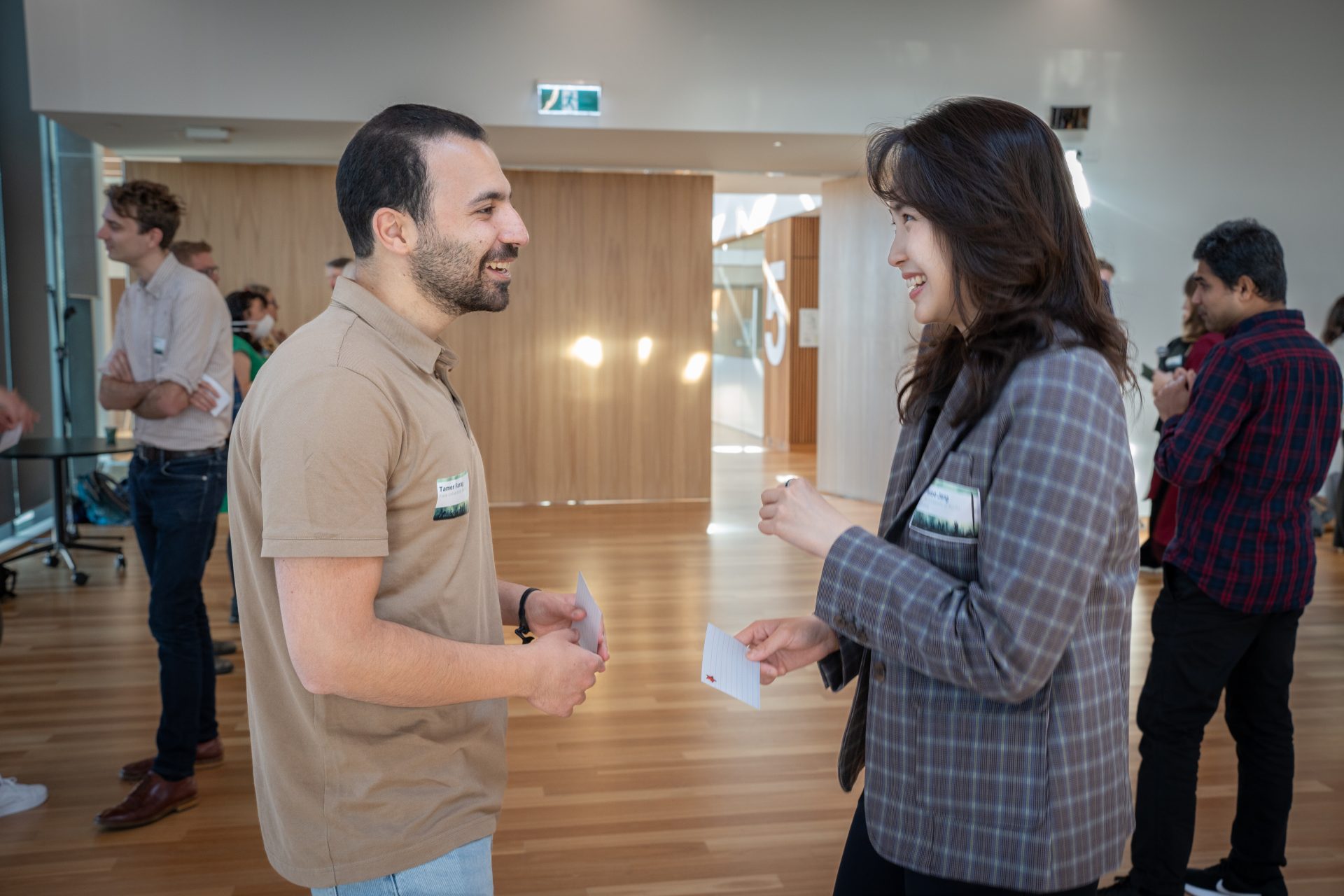
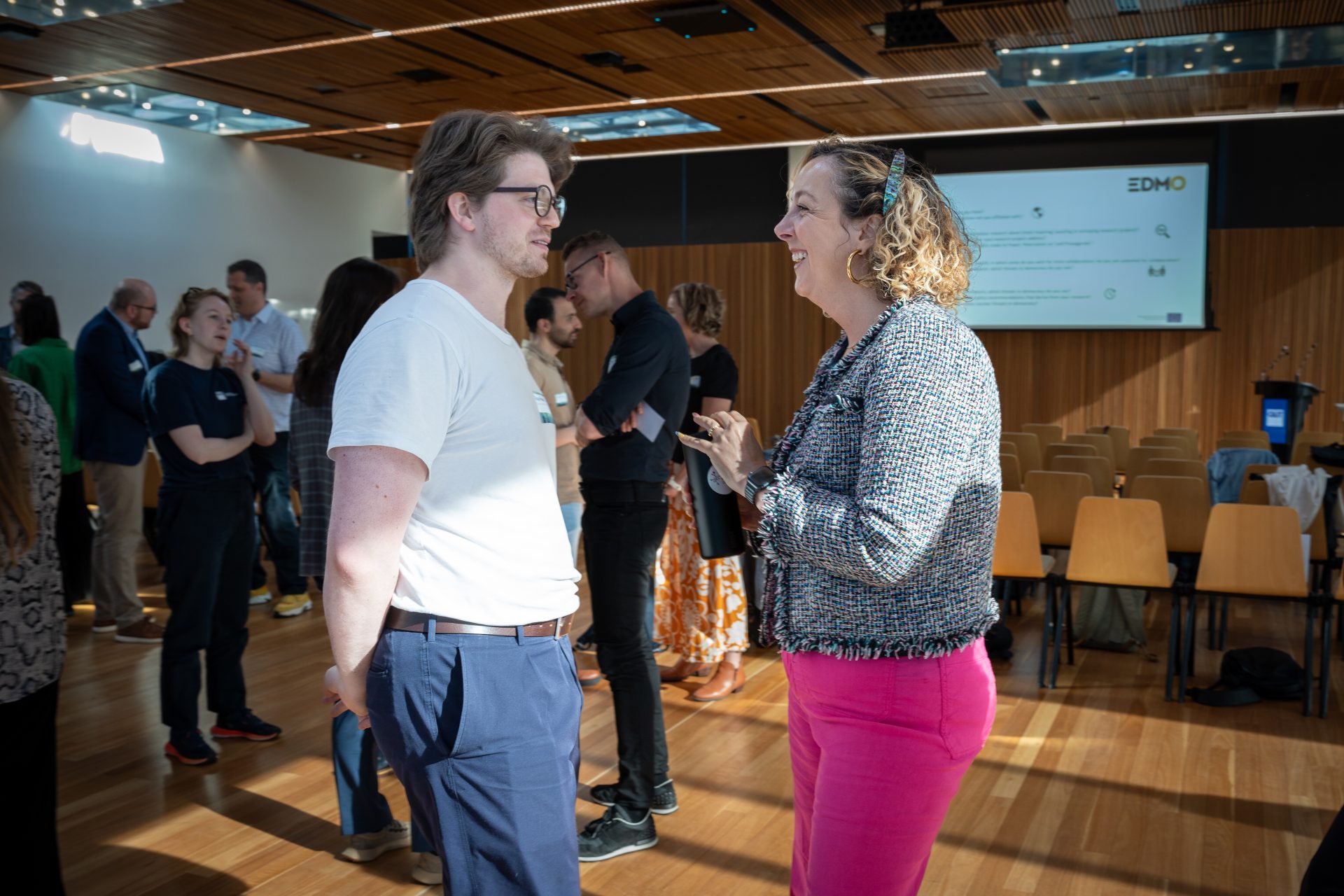
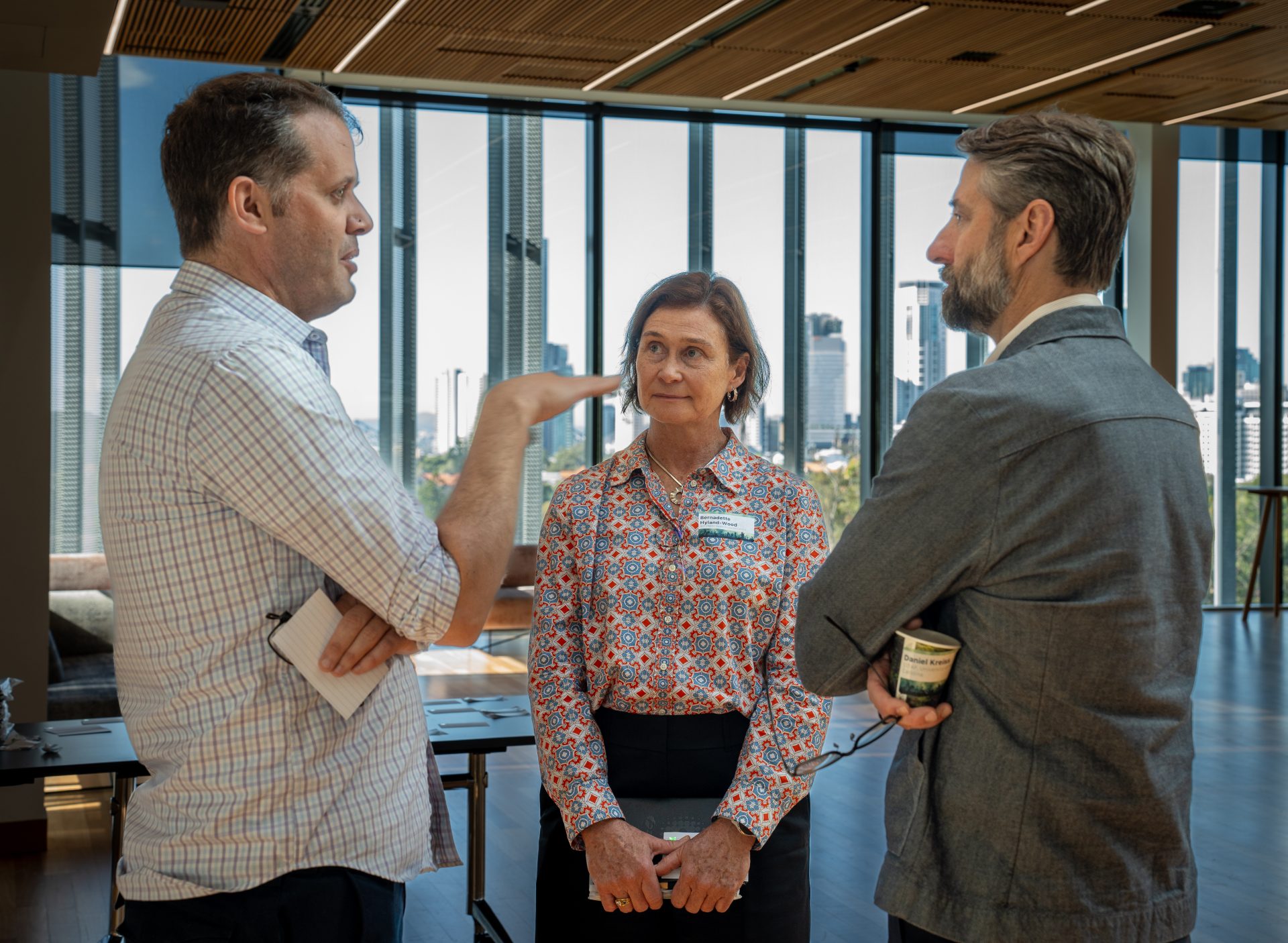
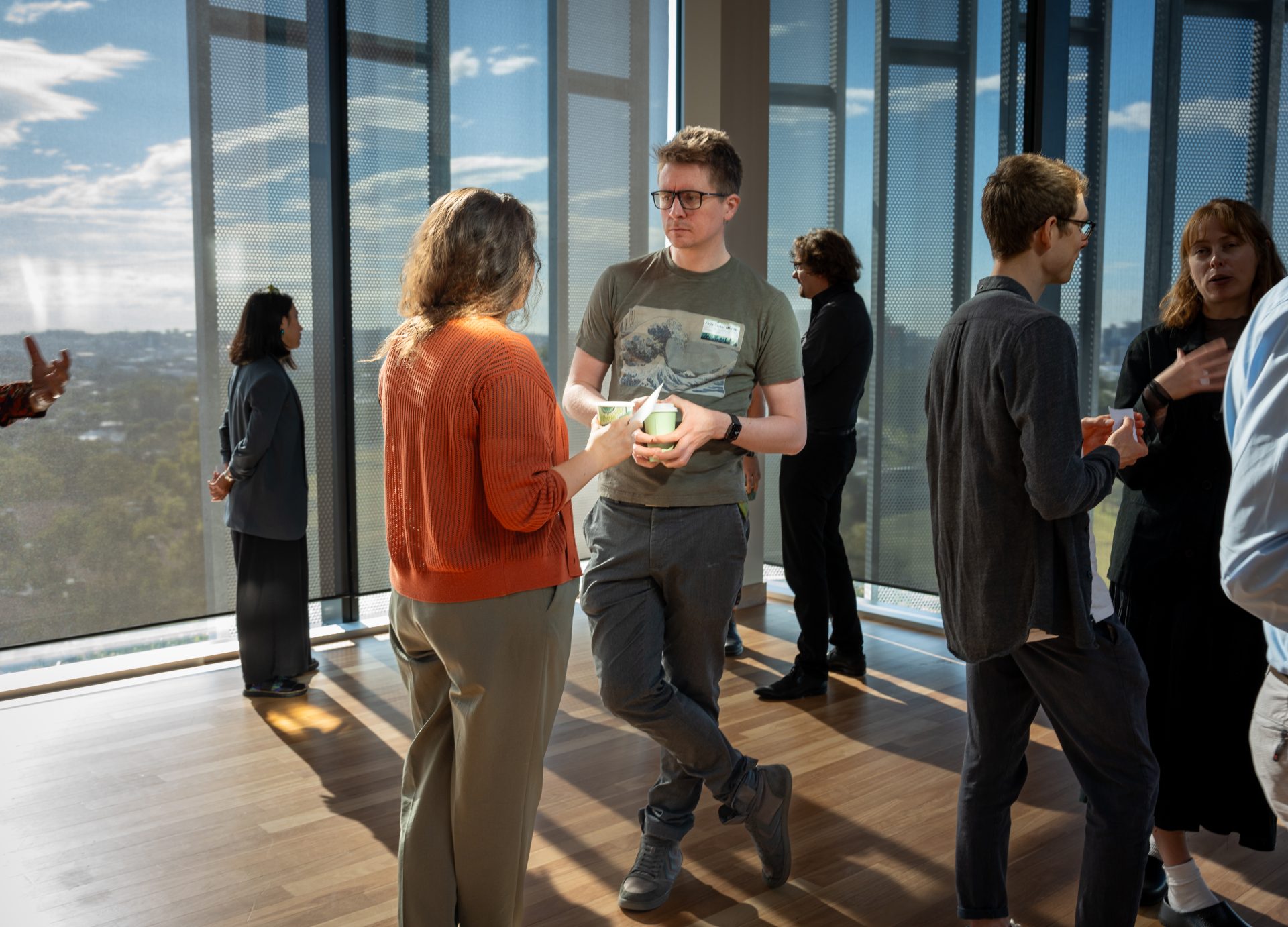

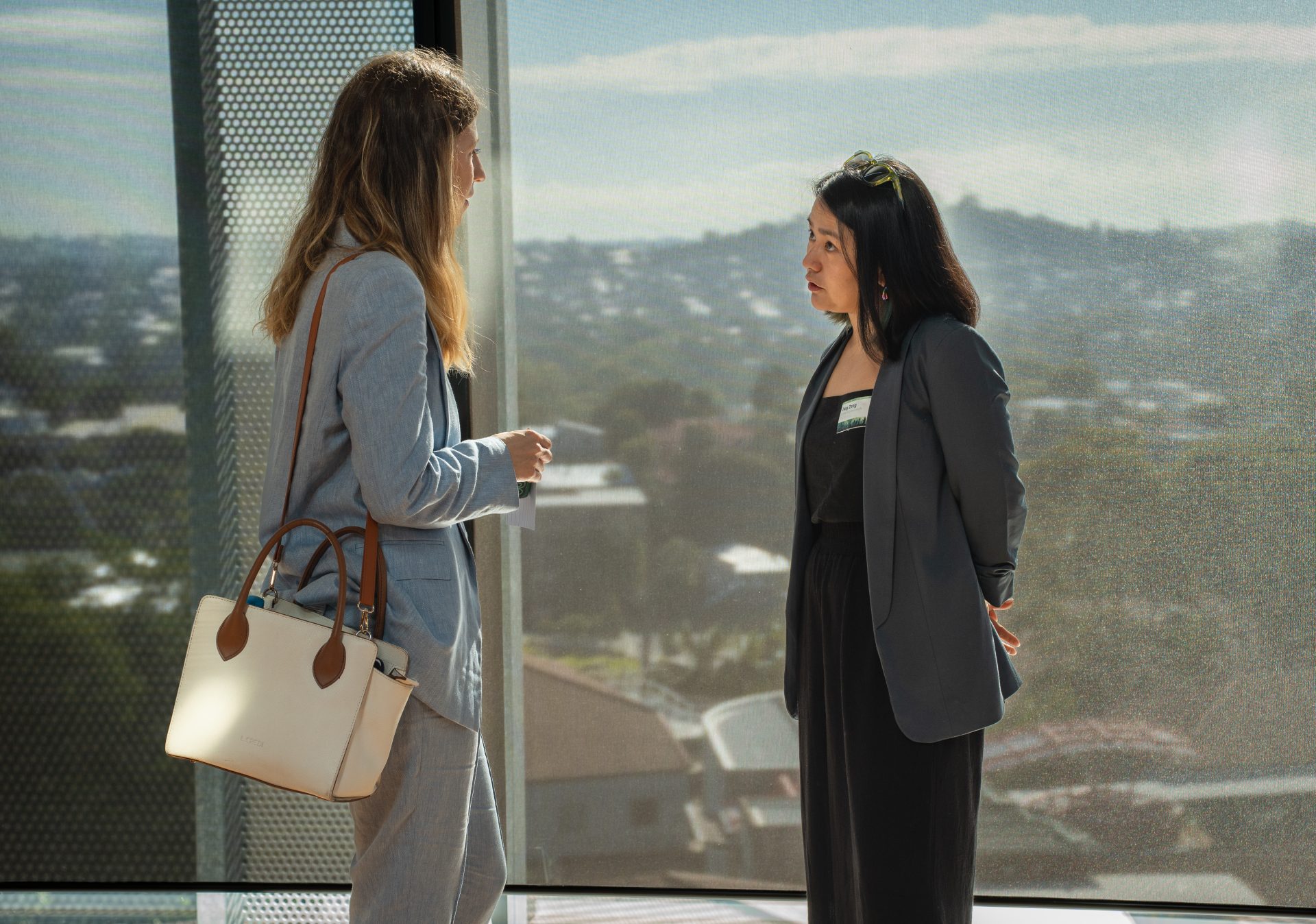

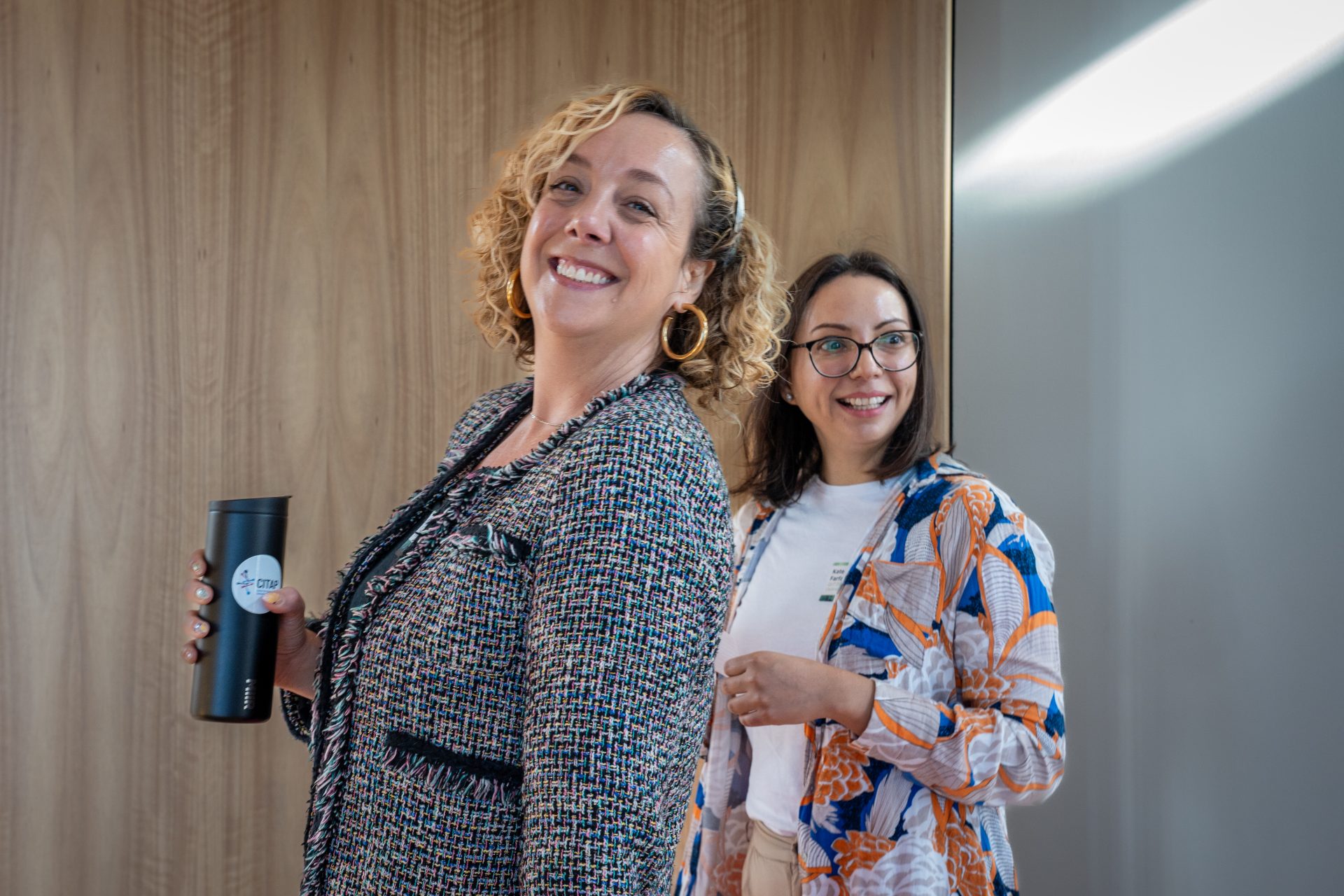
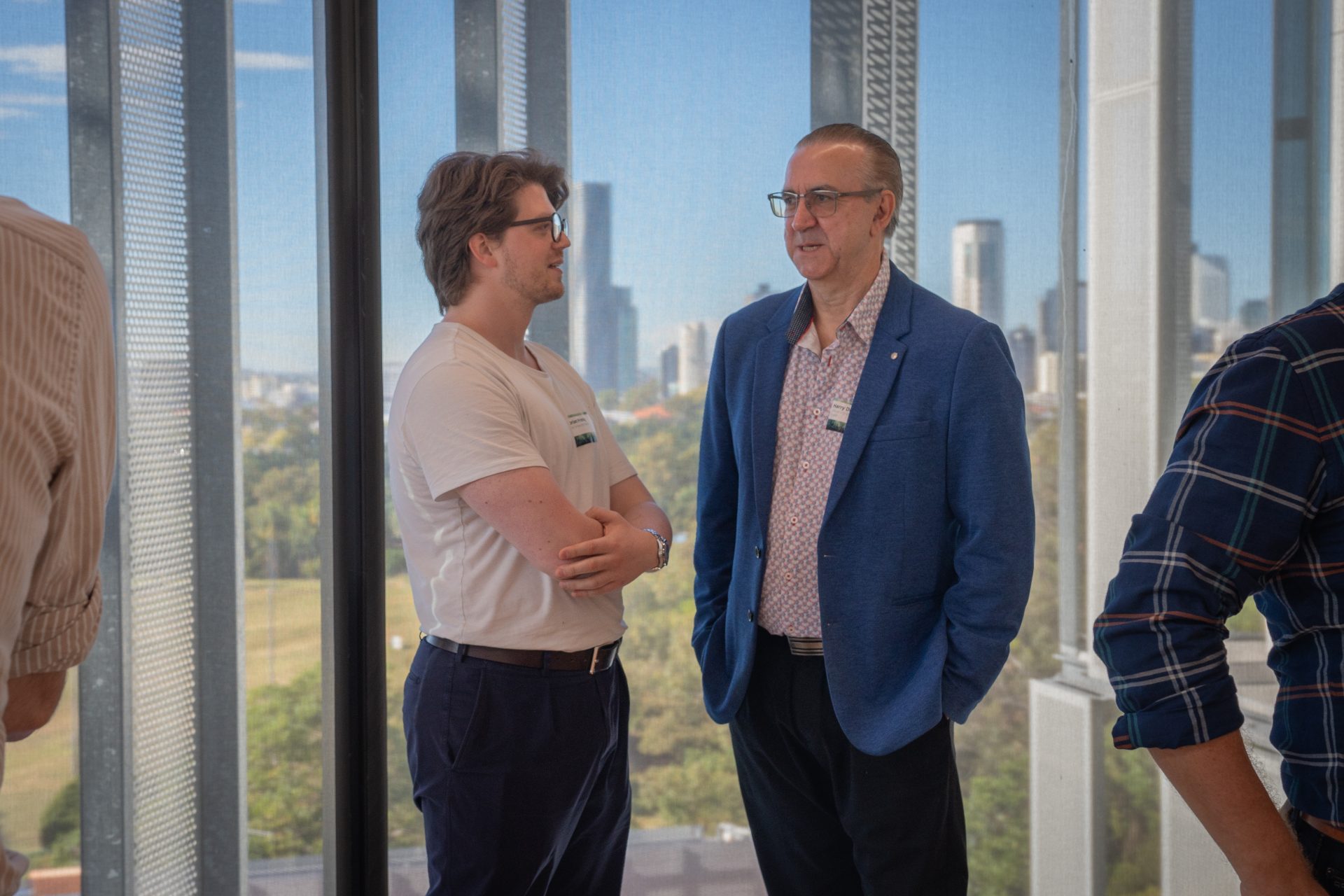
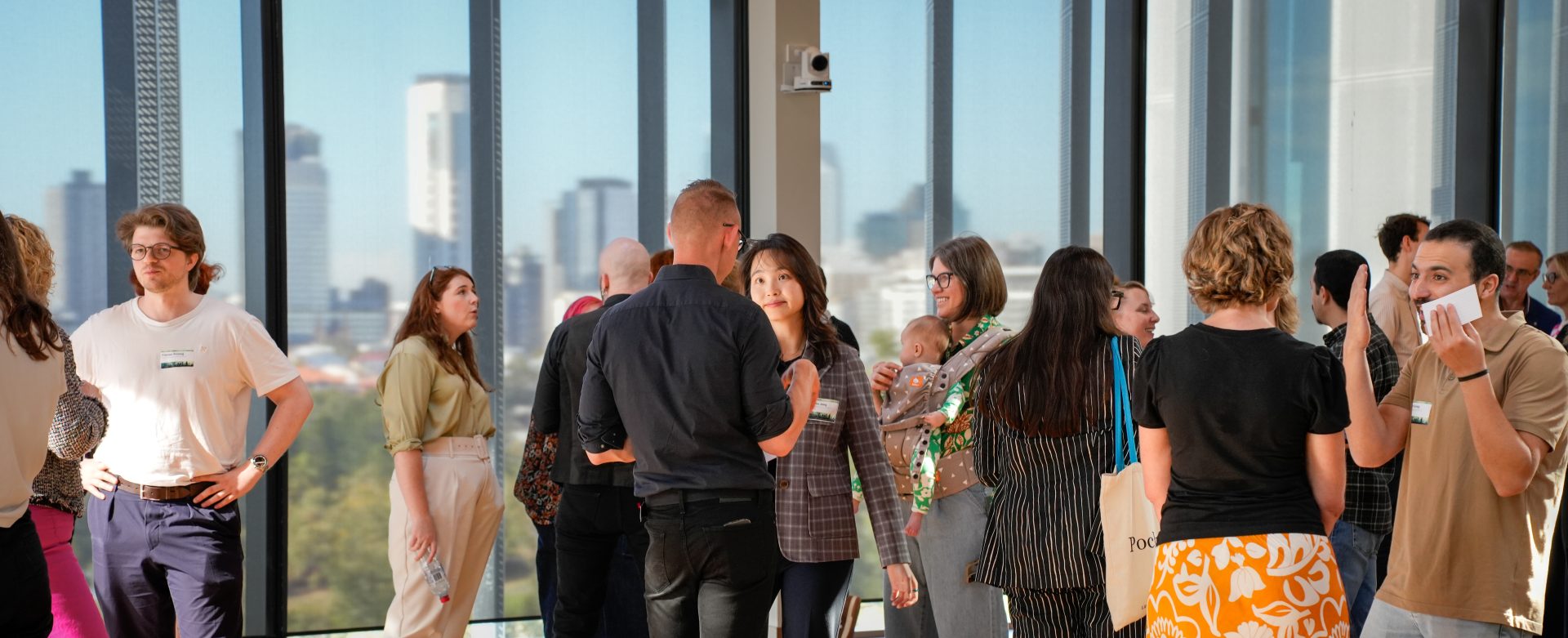
Following this, Plenary Session 1 began, titled “Democracy in Crisis?”. Florian Primig, Research Associate at the Freie University of Berlin, Axel Bruns, Professor at Queensland University of Technology, and Daniel Kreiss, Edgar Thomas Cato Distinguished Professor at the University of North Carolina at Chapel Hill, presented on counter-knowledge orders, five symptoms of constructive agonism turning into destructive polarized discourse, and tech firms and global democracy (respectively), followed by a generative Q&A session.
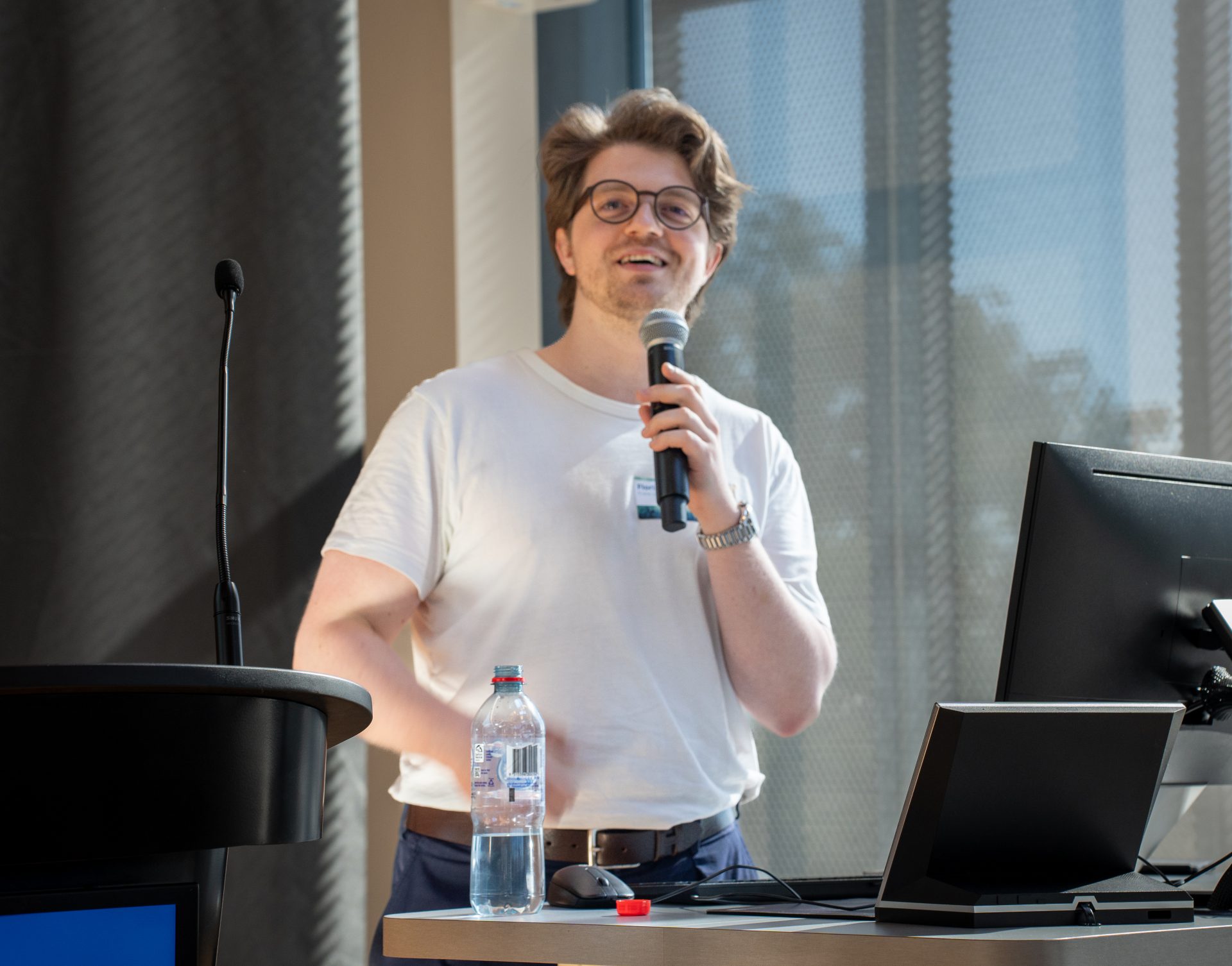
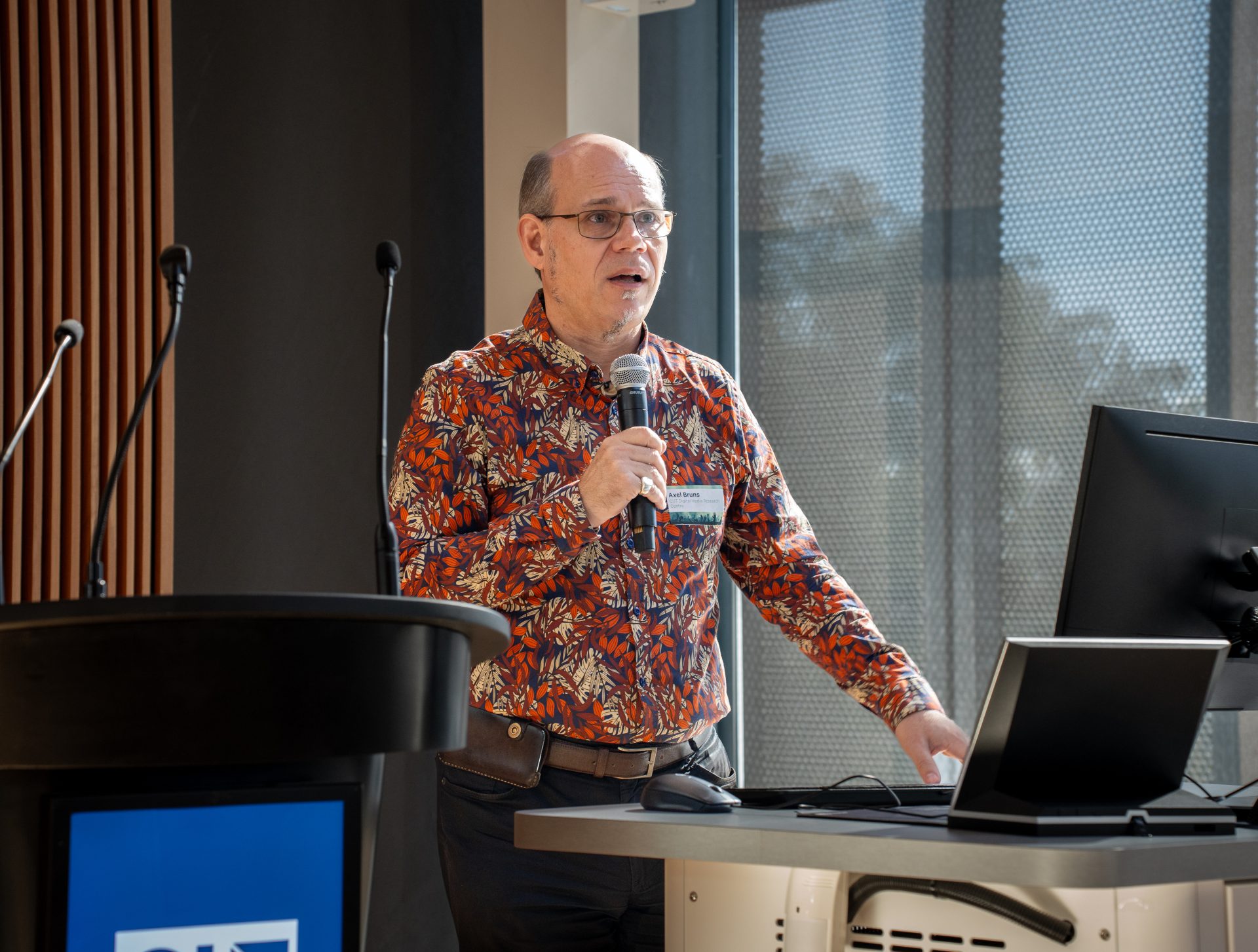
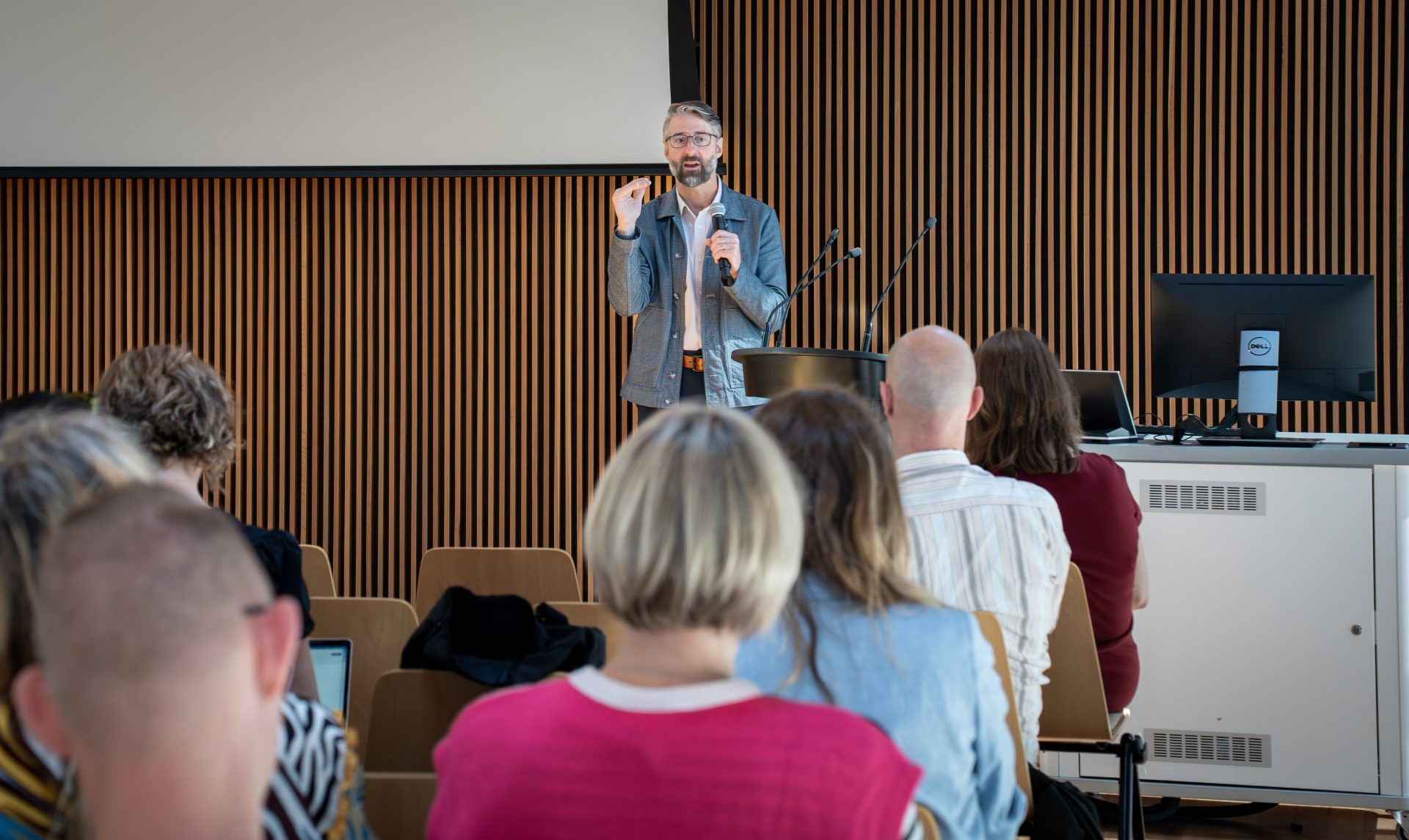
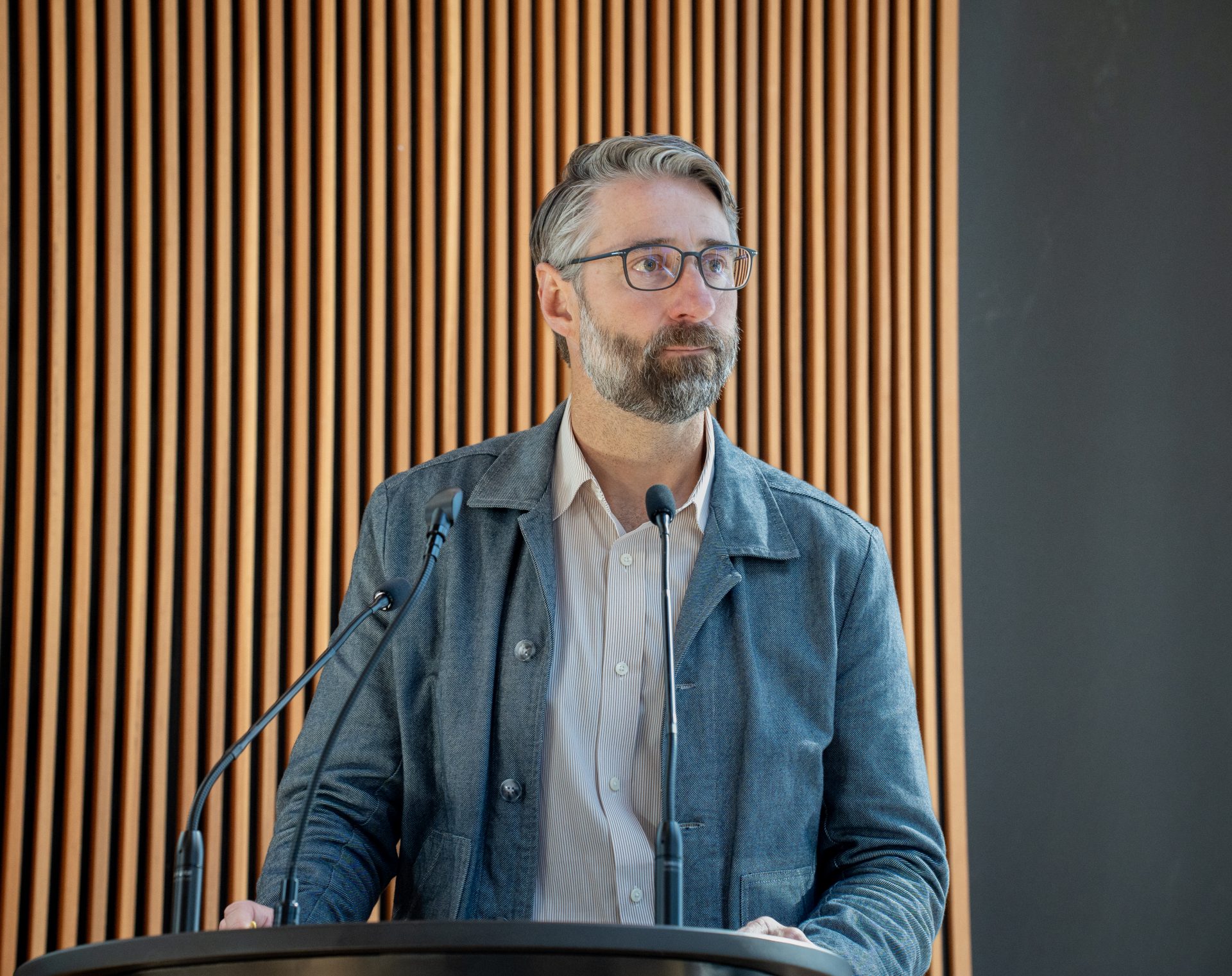
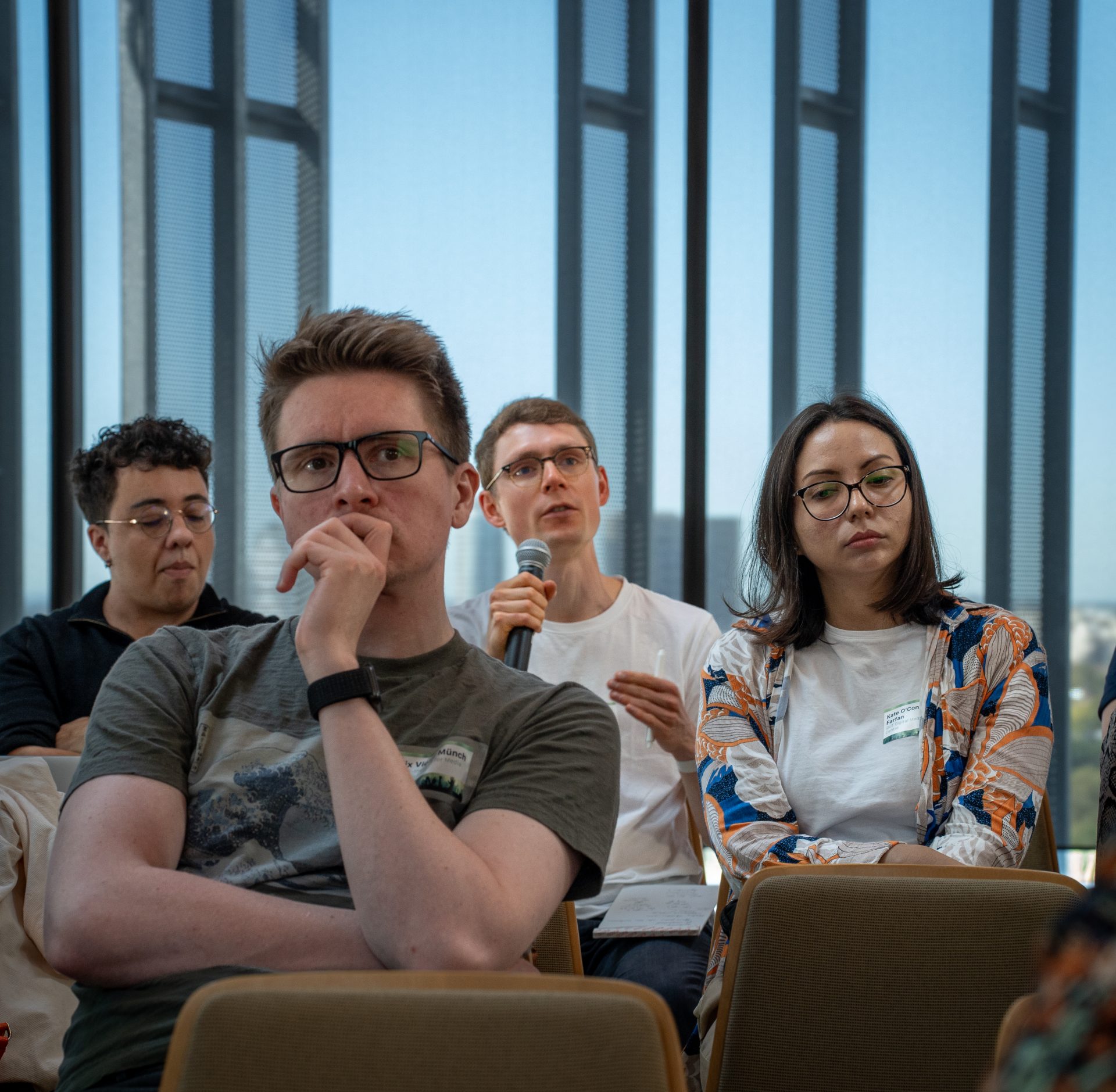
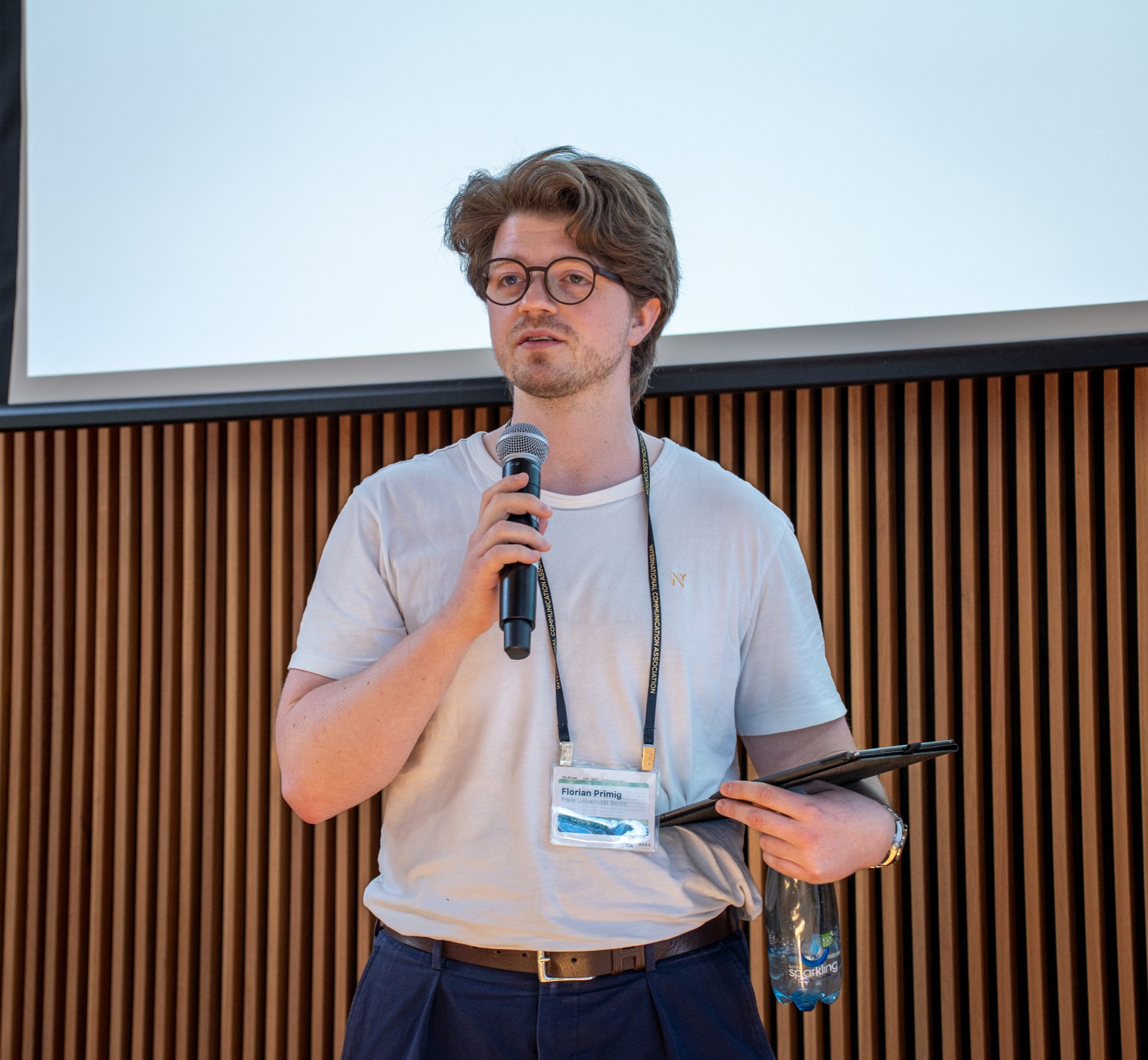

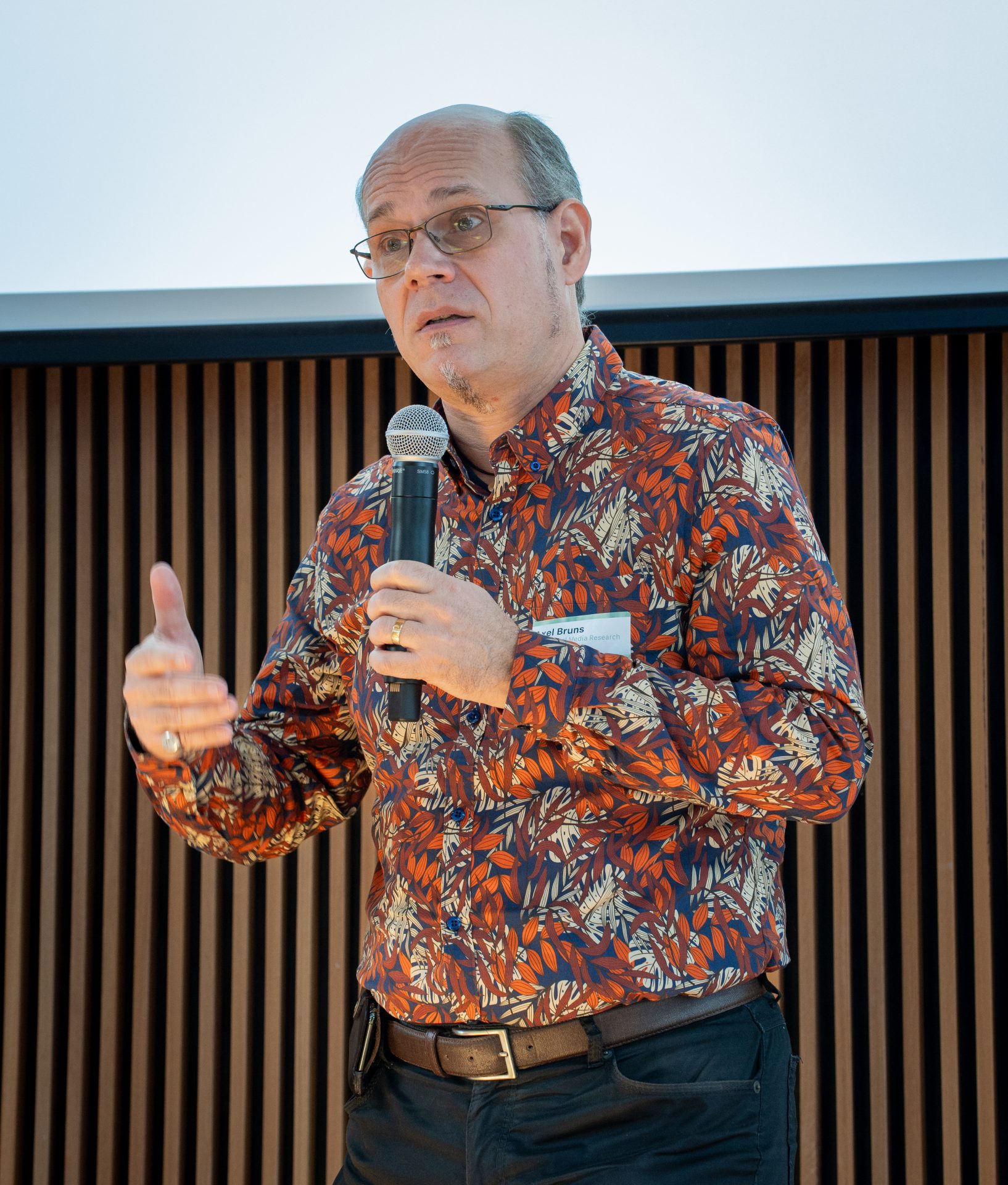
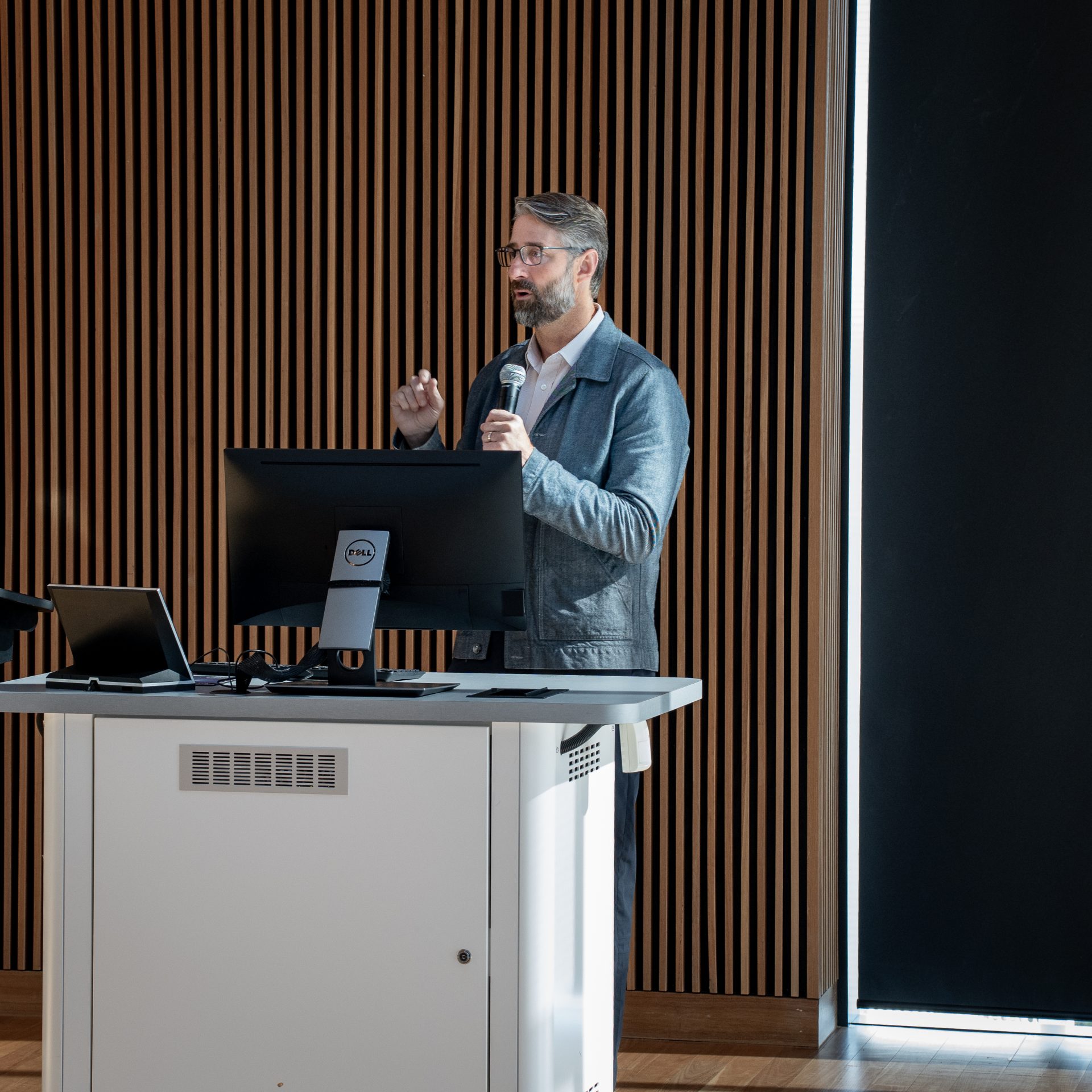
Next up was the second plenary, "Understanding Propaganda, Populism, and Polarisation" featuring Christian Baden, Associate Professor at the Hebrew University's Department of Communication and Journalism; Sebastian Svegaard, Postdoctoral Research Associate at the Queensland University of Technology Digital Media Research Centre; Samantha Vilkins, Researcher at the Queensland University of Technology Digital Media Research Centre; and Laura Iannelli, Associate Professor of Sociology of Culture and Communication at the University of Sassari.
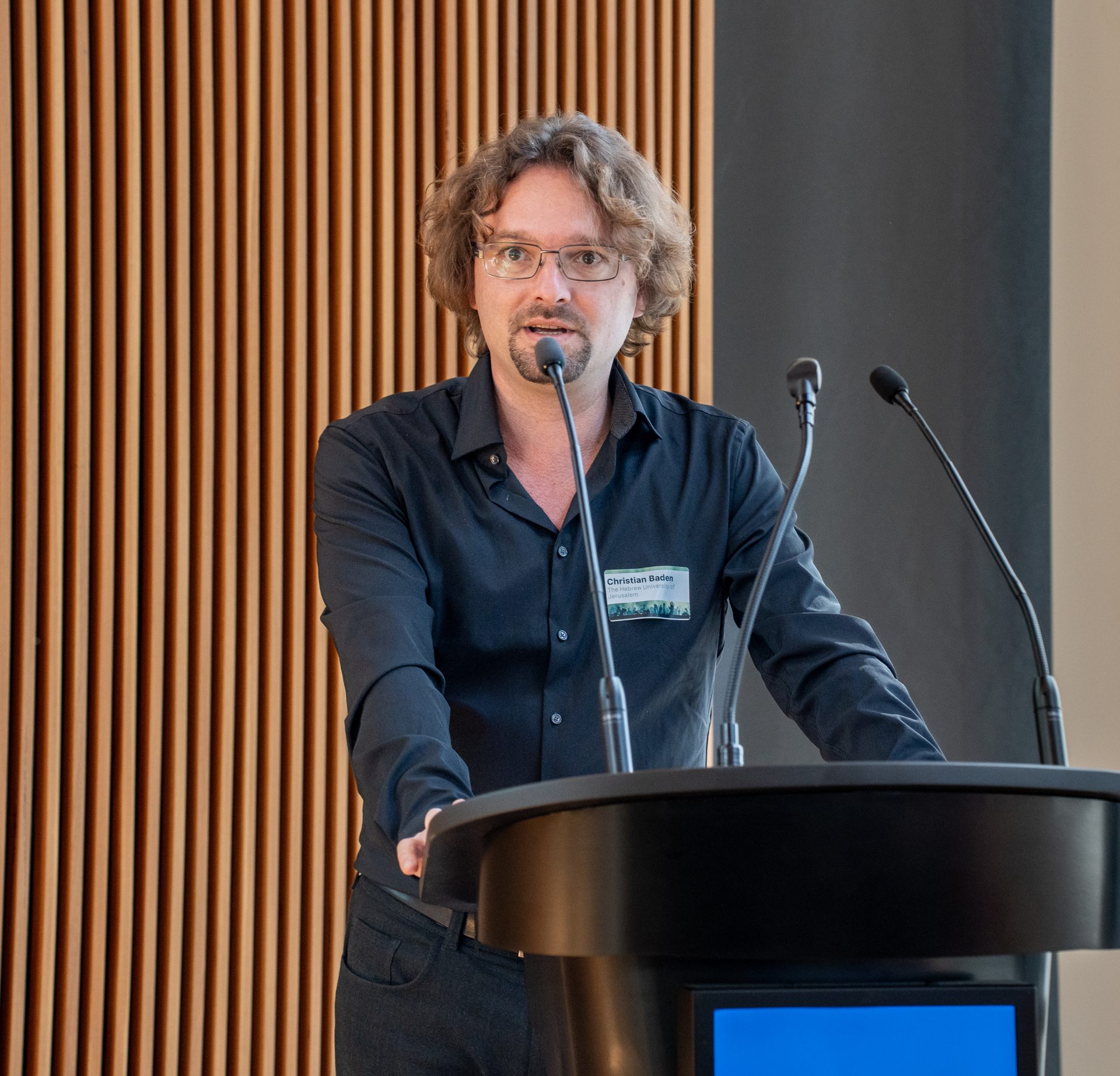
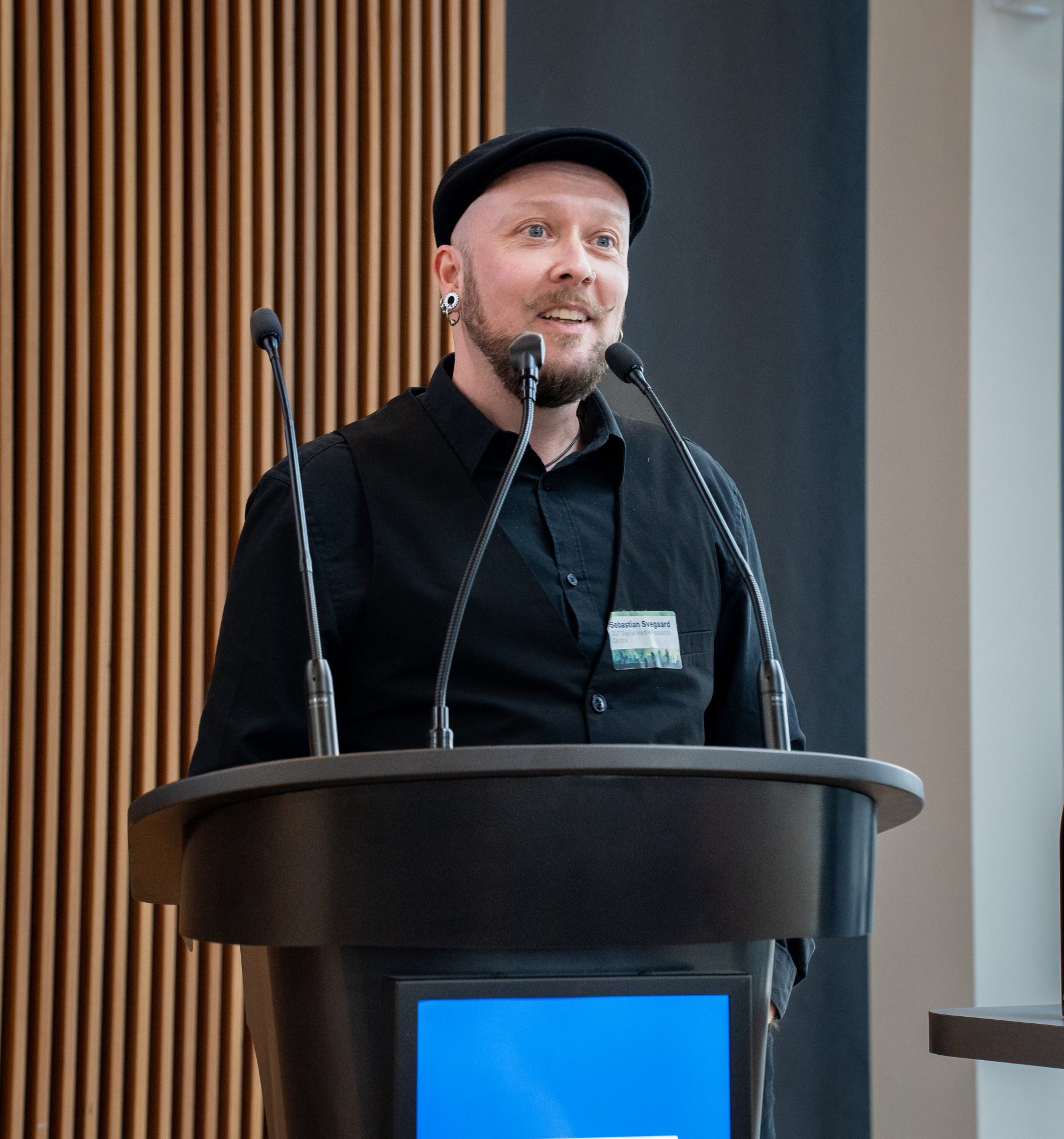
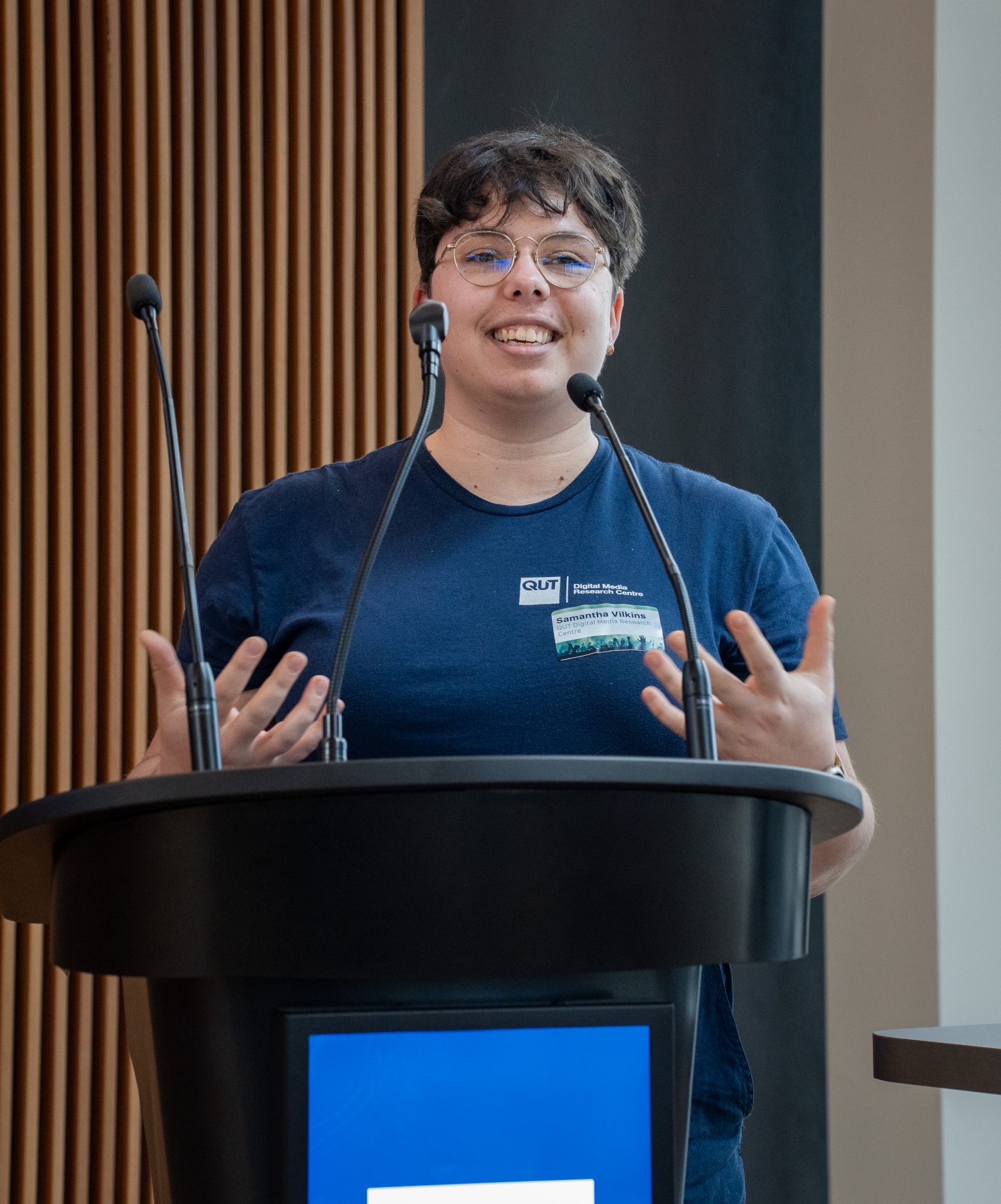
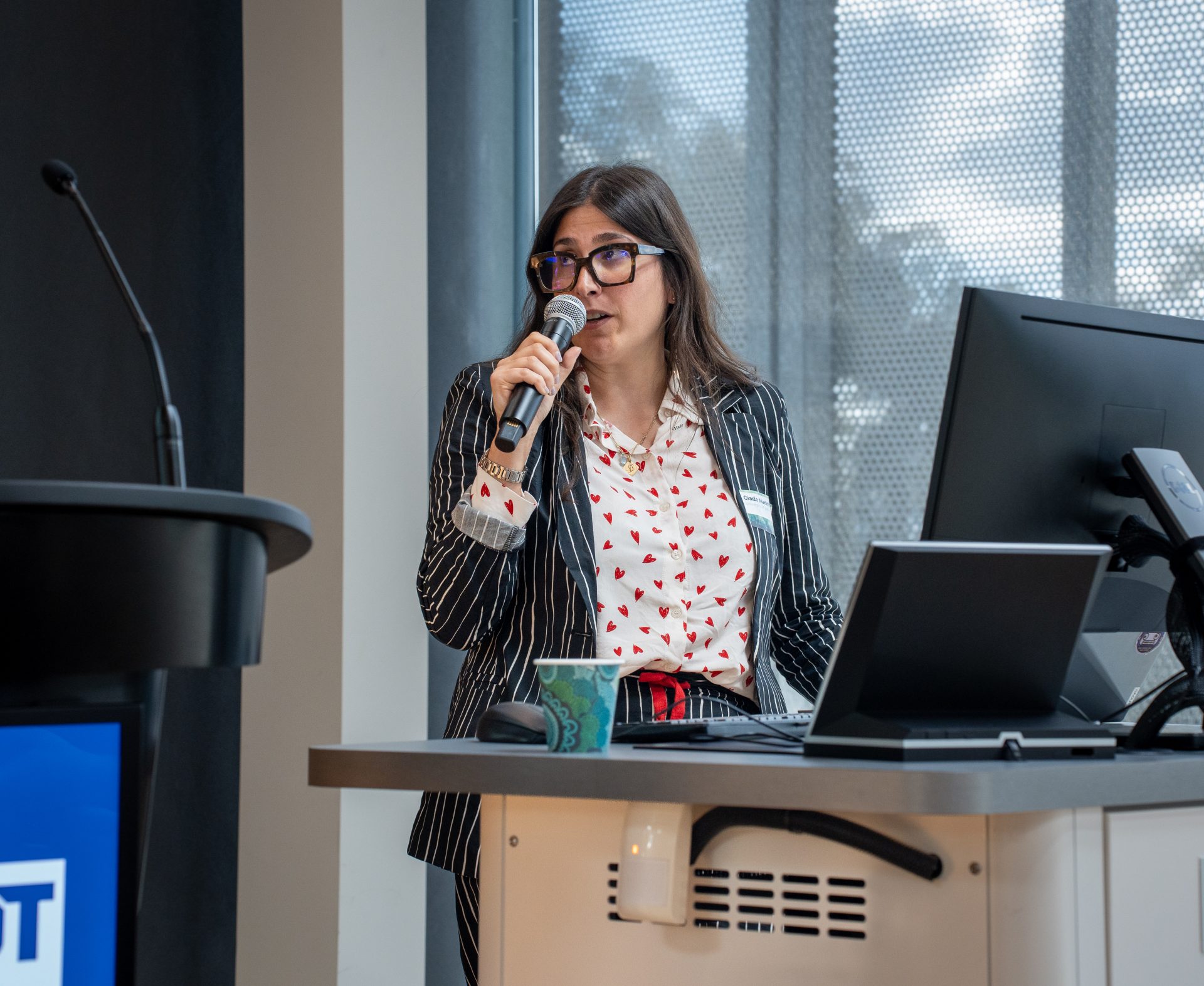
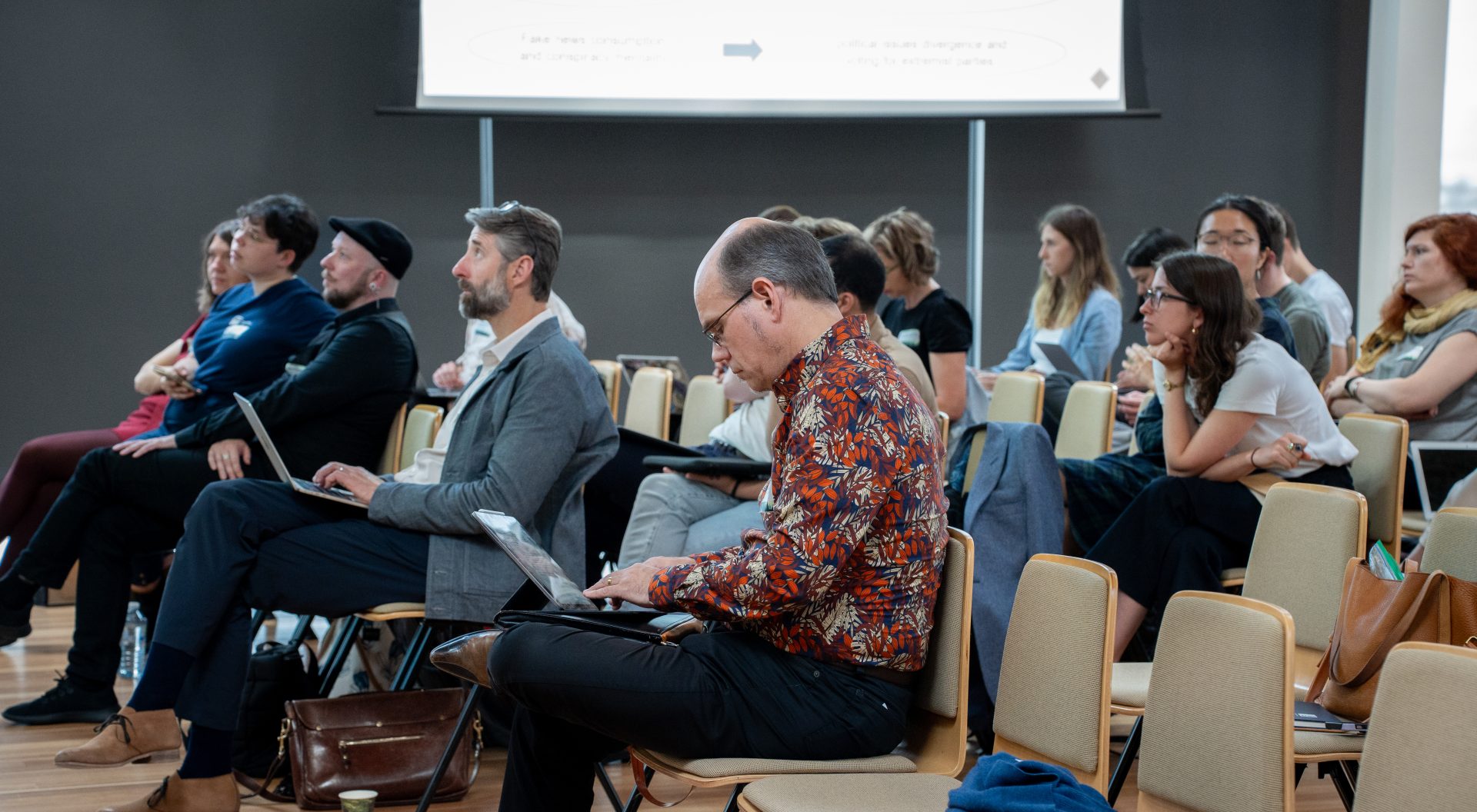
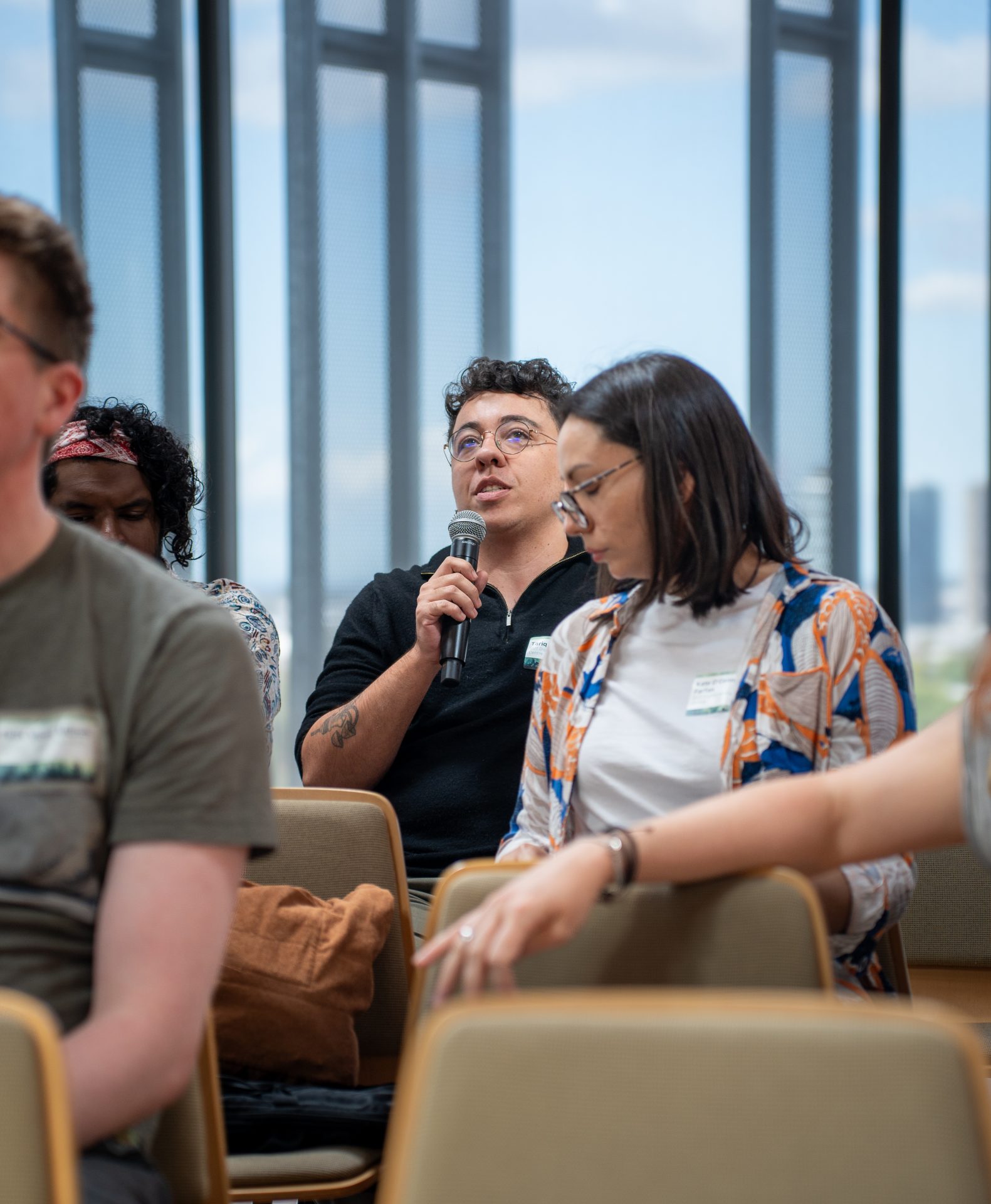
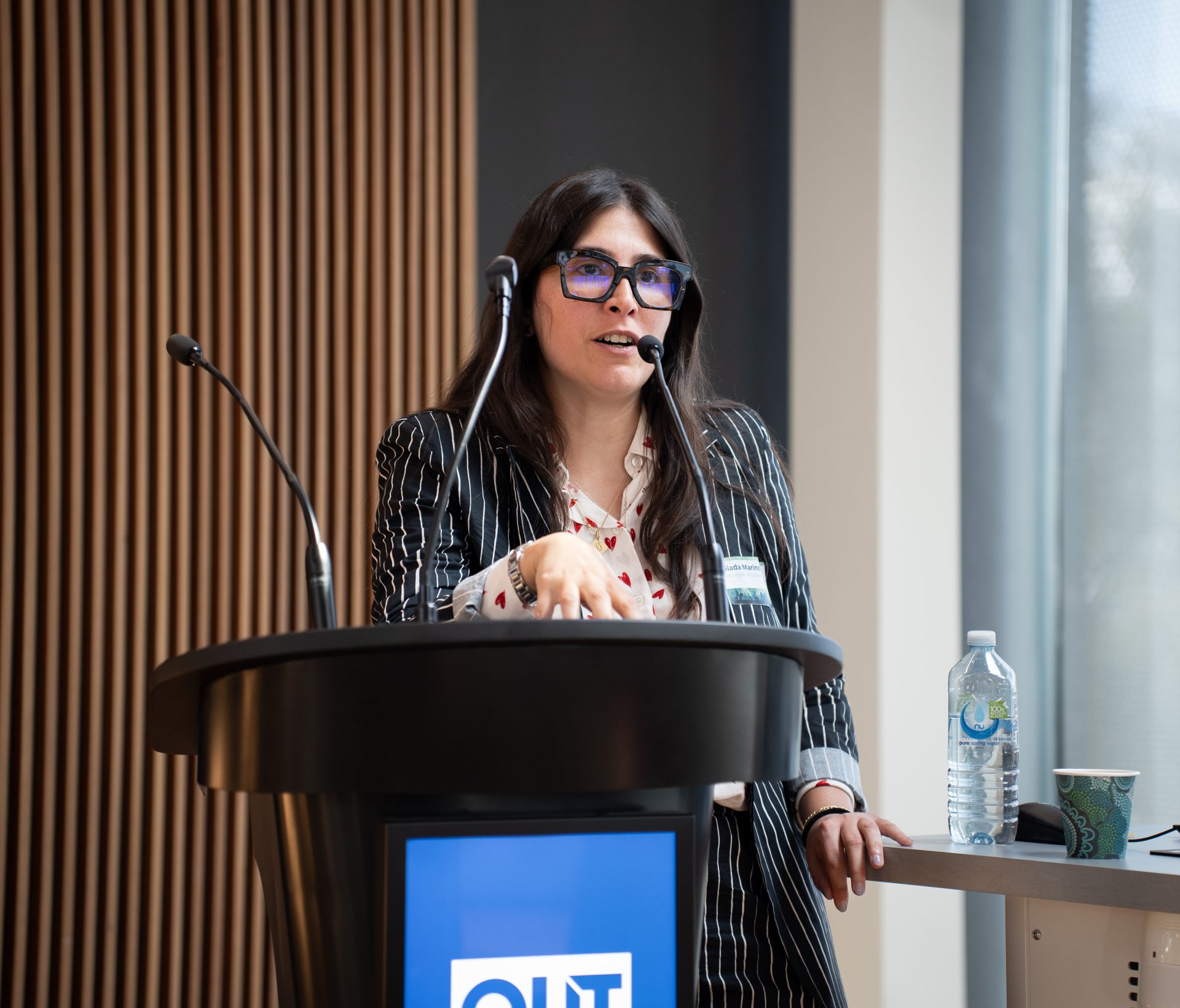

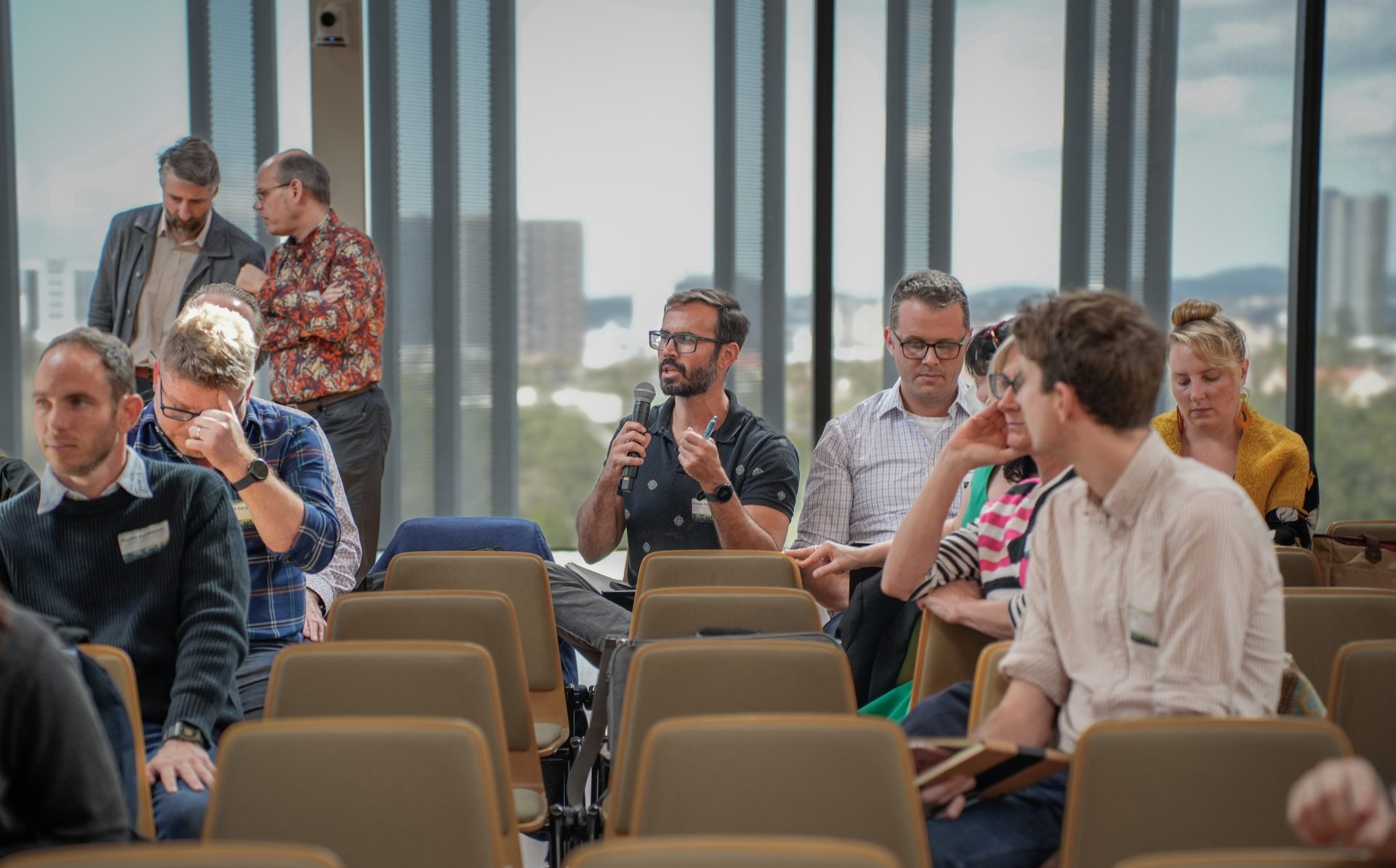
This plenary was followed by lunch and an afternoon of parallel sessions, including “Identity Movements and Contesting Power”, “Journalism and News Media”, “Platforms and Platform Logics”, and “Agonism and Antagonism”. Finally, the first day of the post-conferences ended with a networking hour.


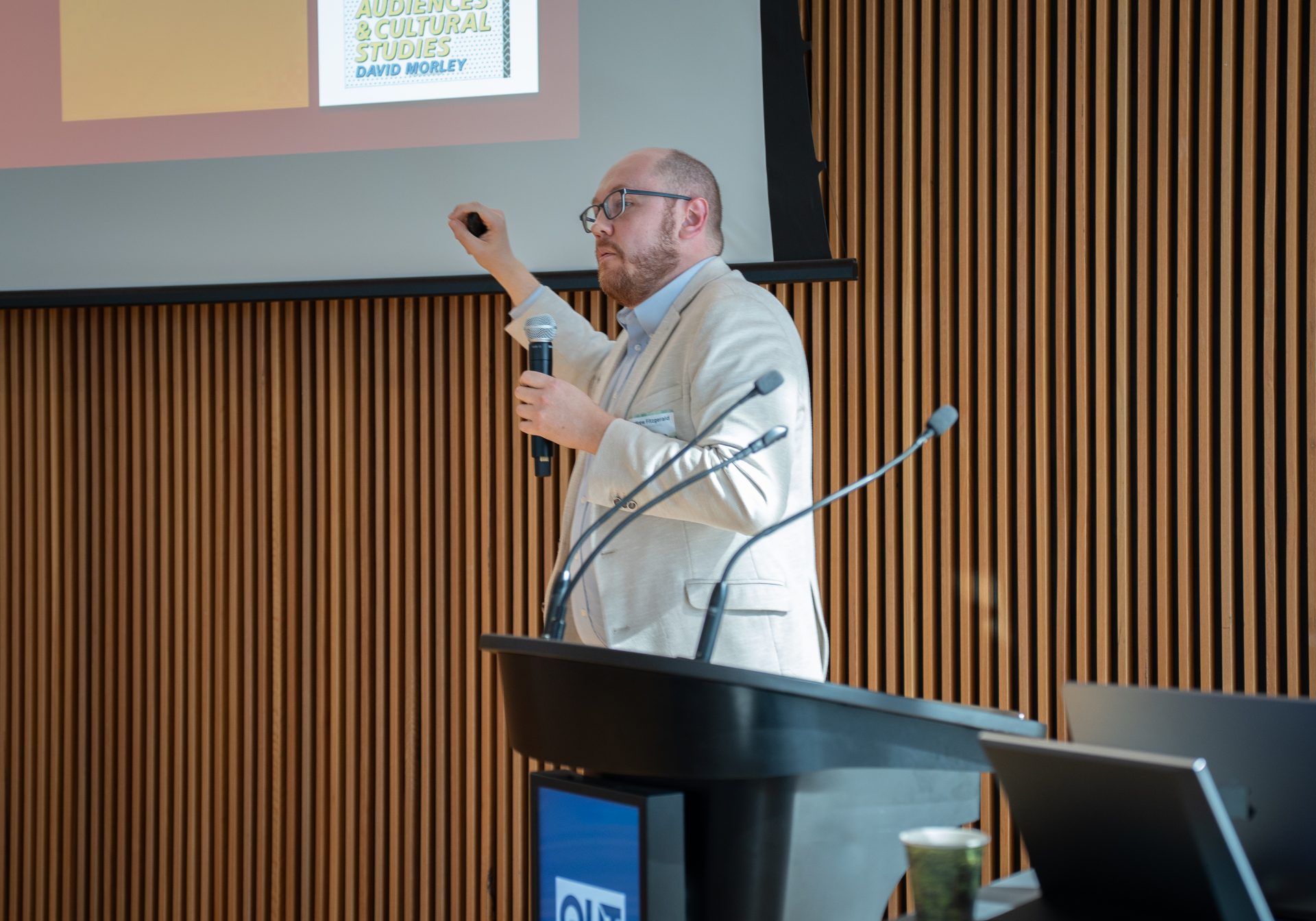
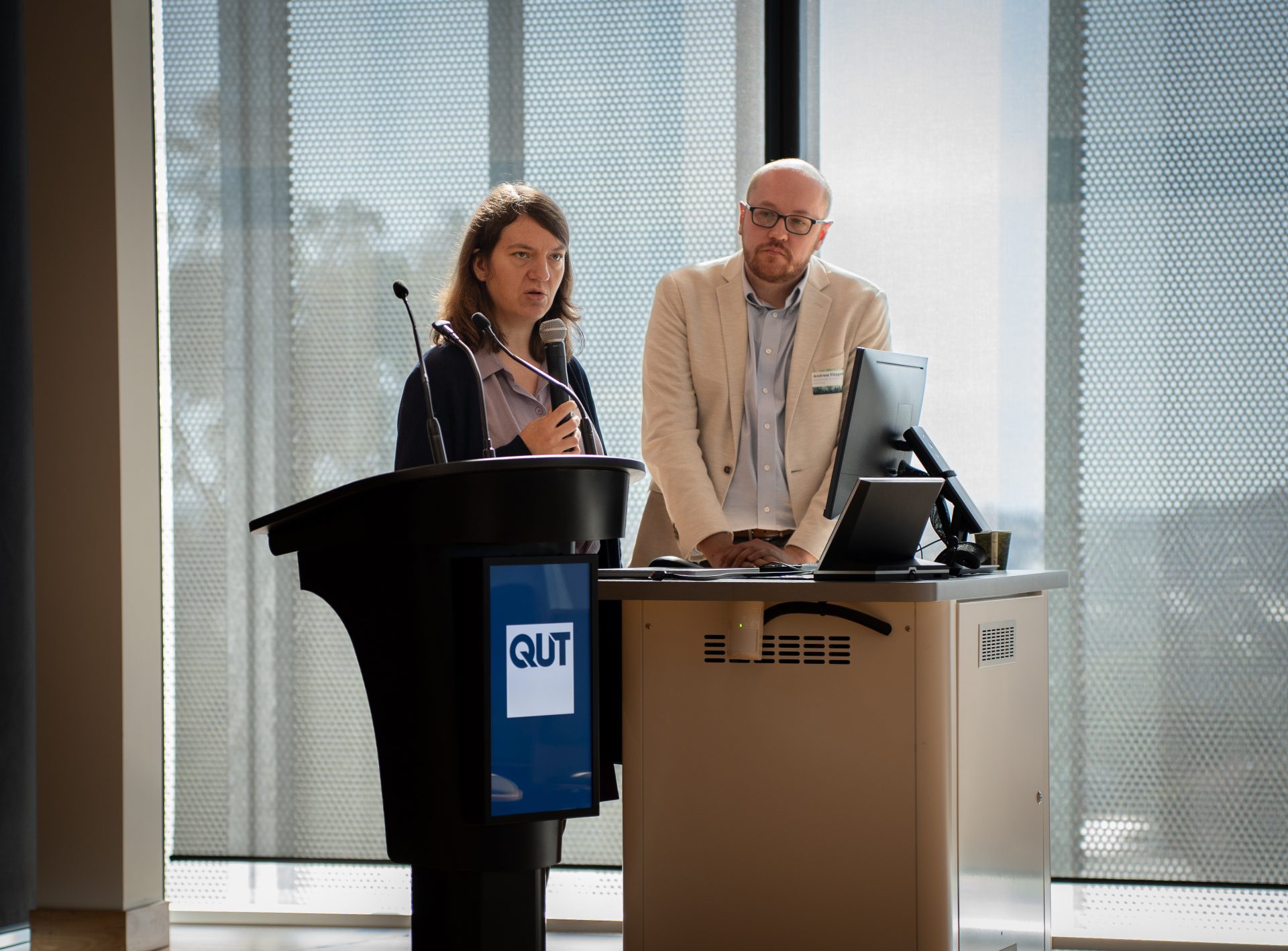
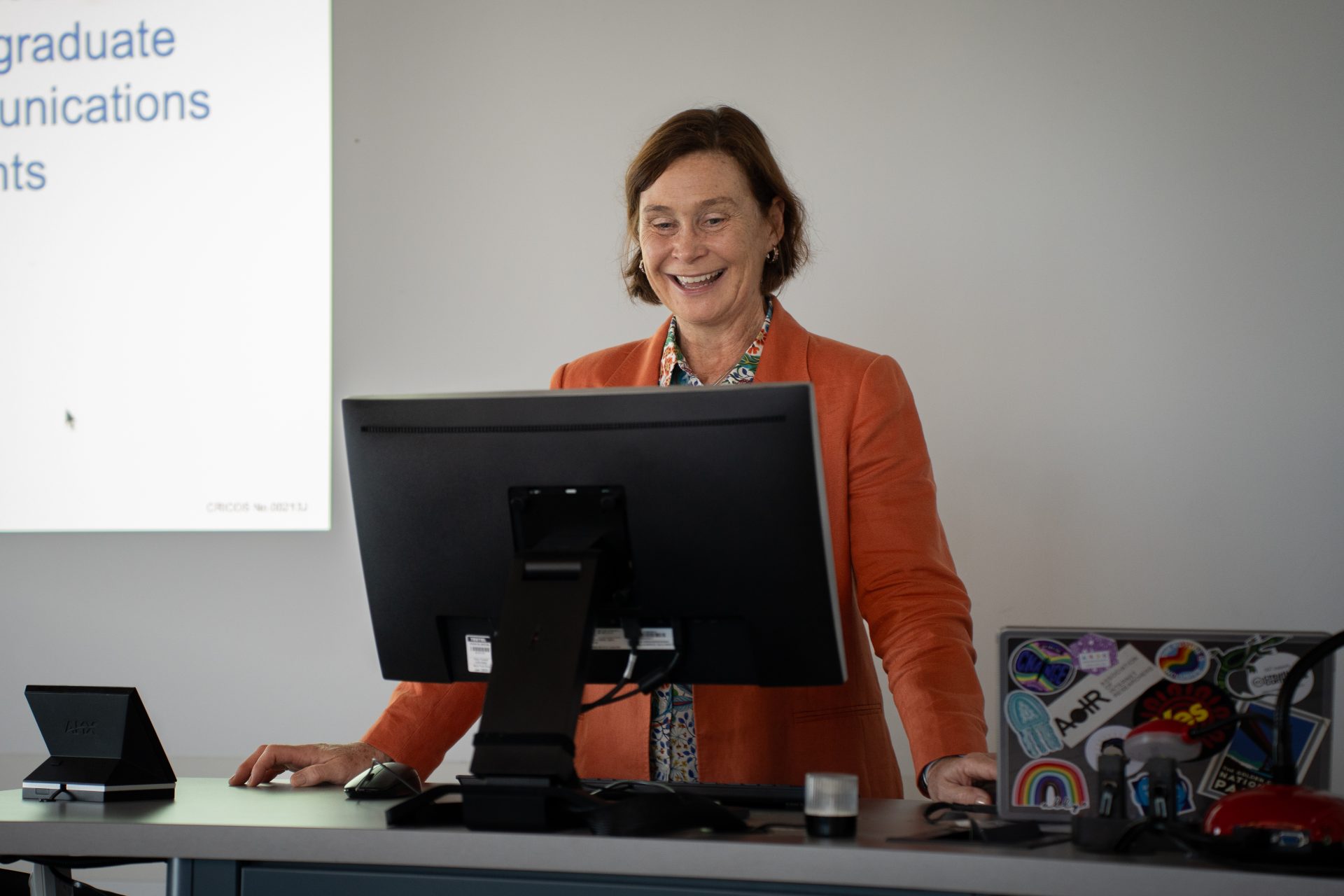
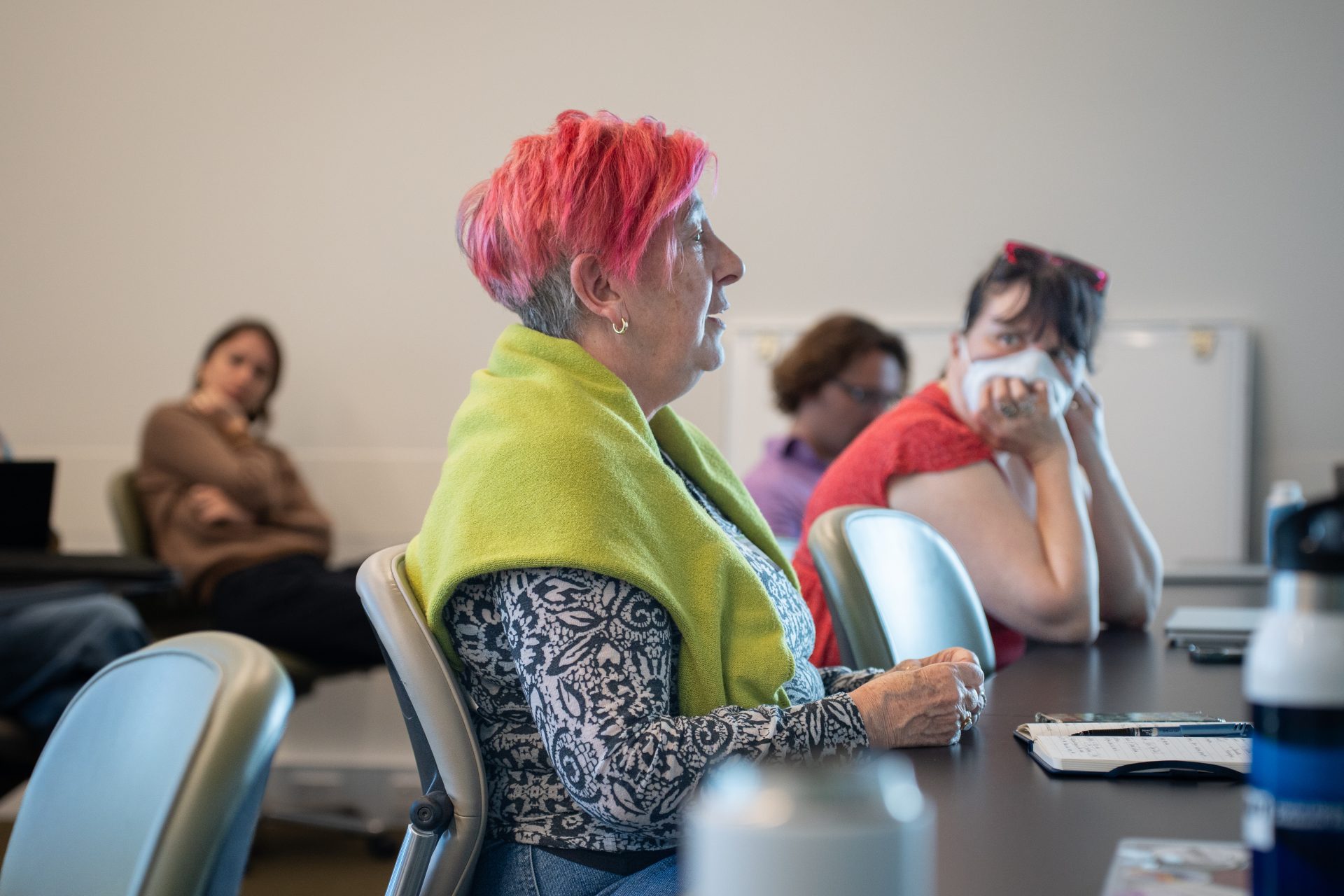
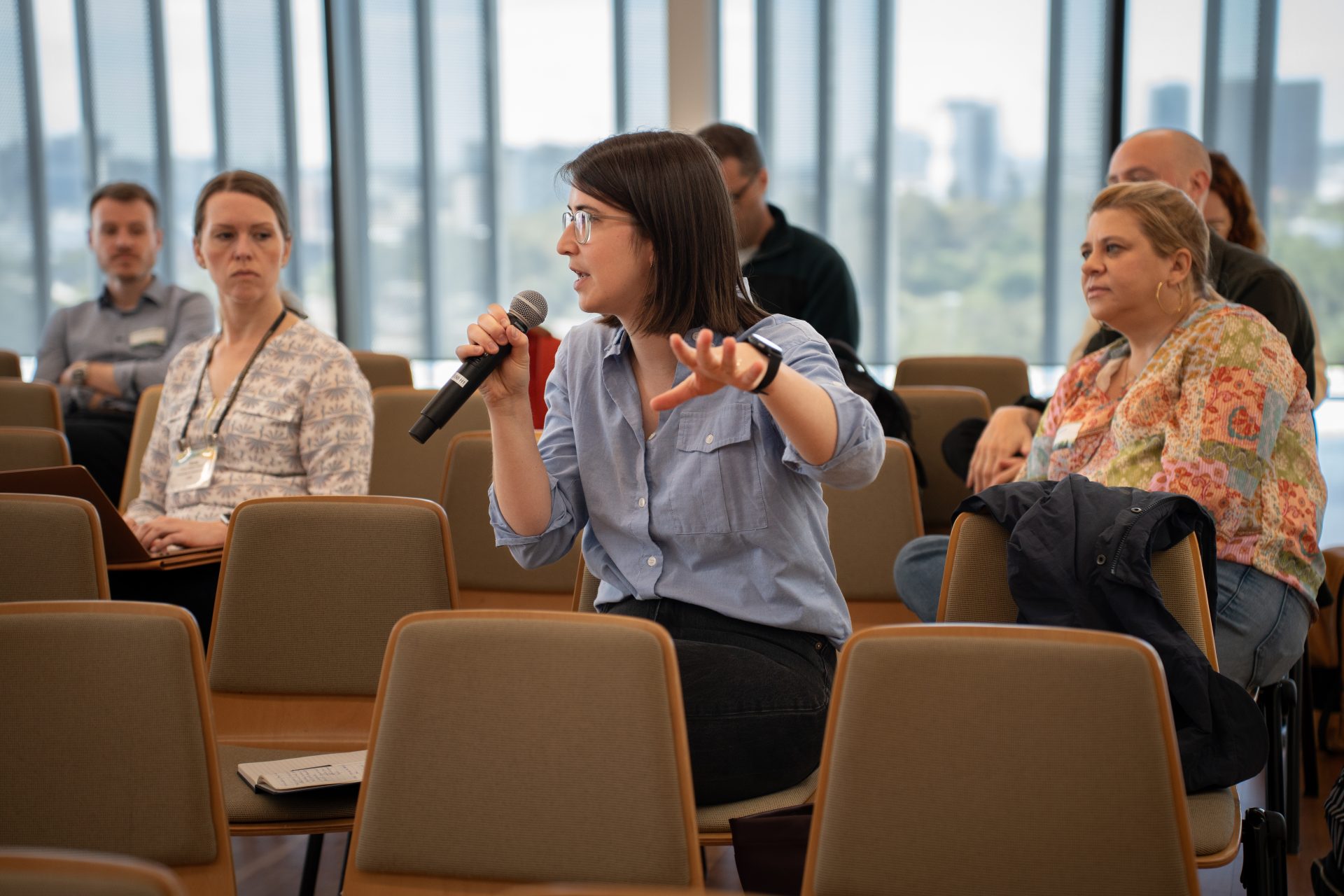
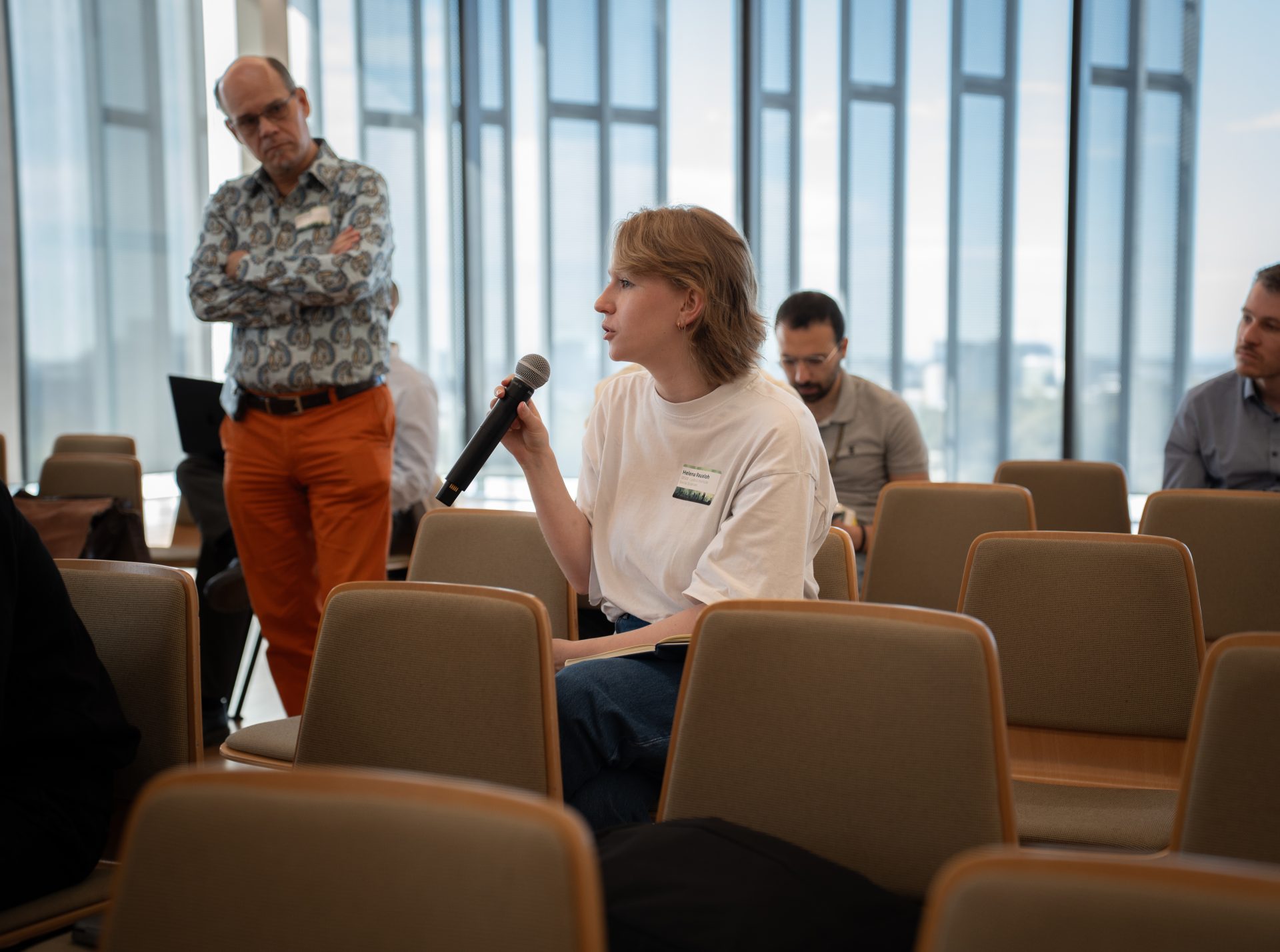
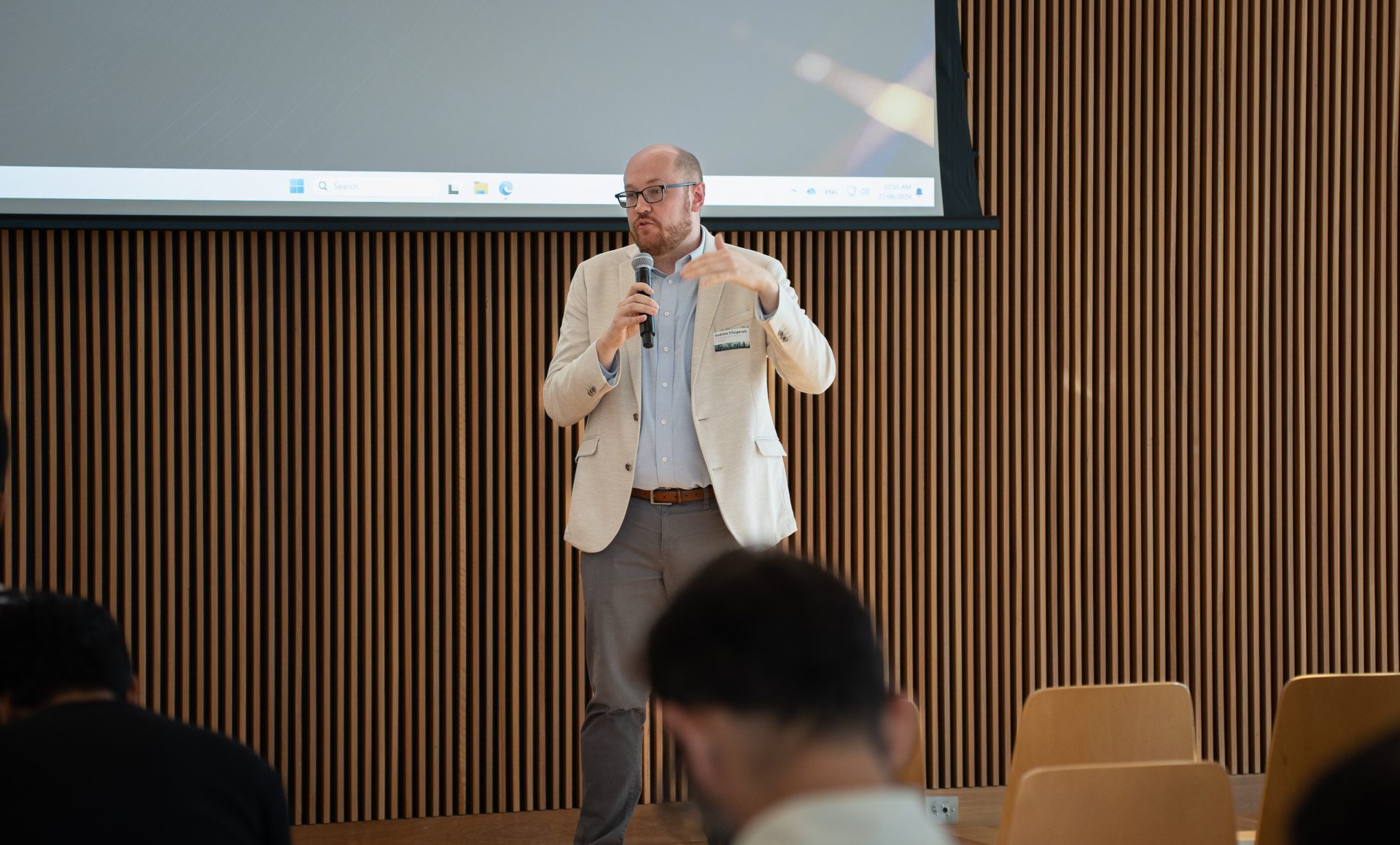
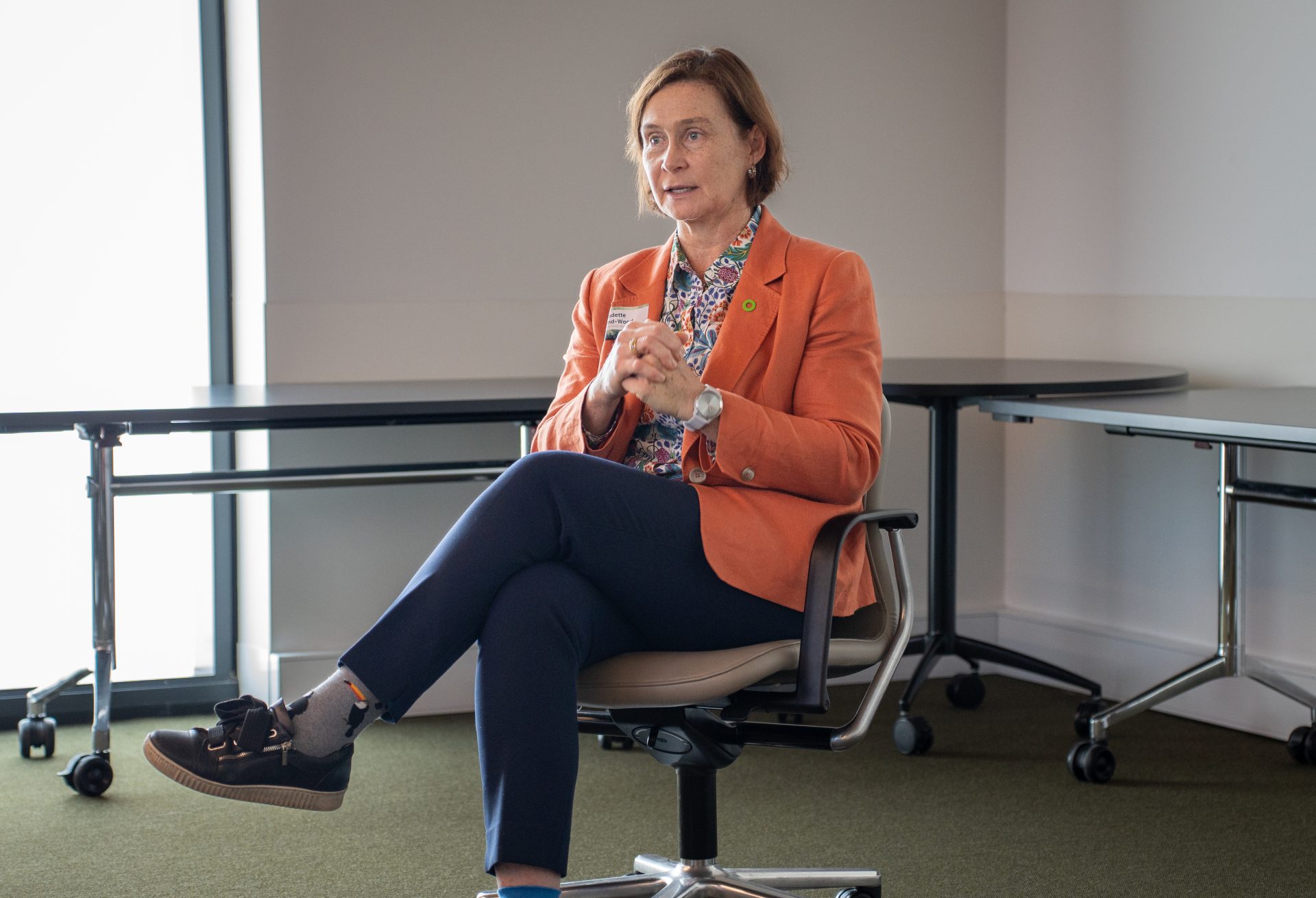
Following this first parallel session, Annie Waldherr presented the Keynote “Exploring Structural and Affective Polarization in Climate Activism”.
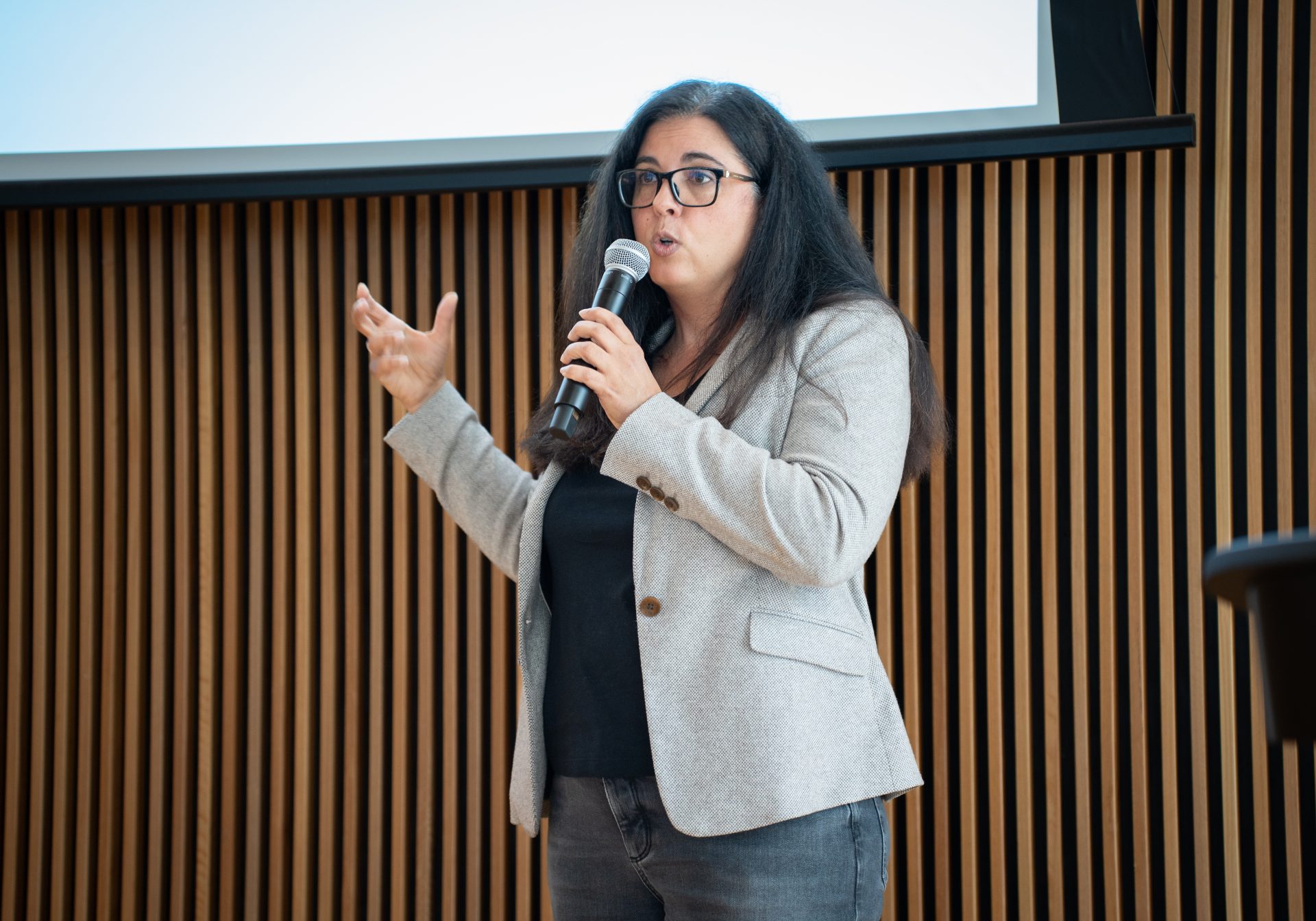
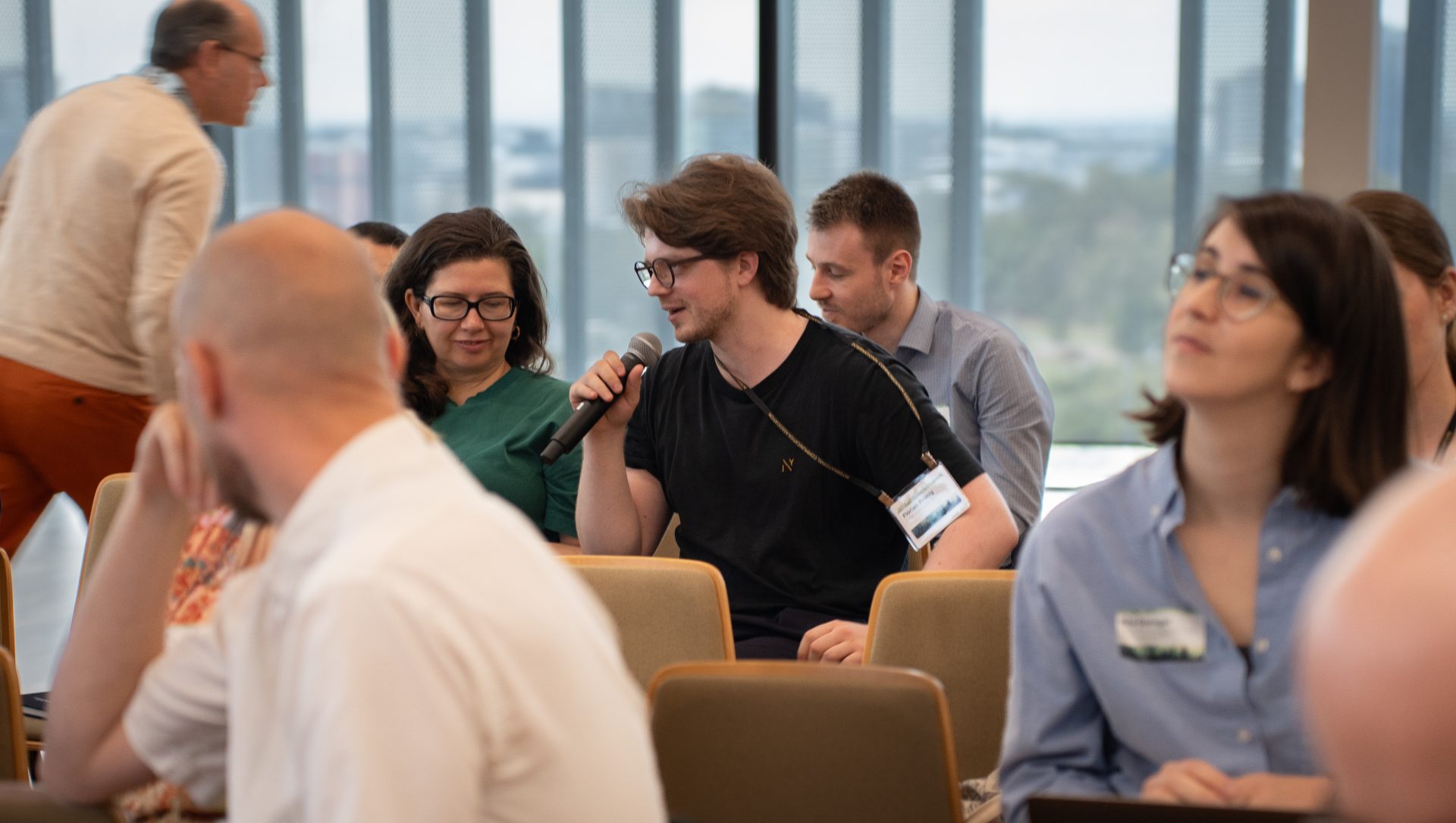
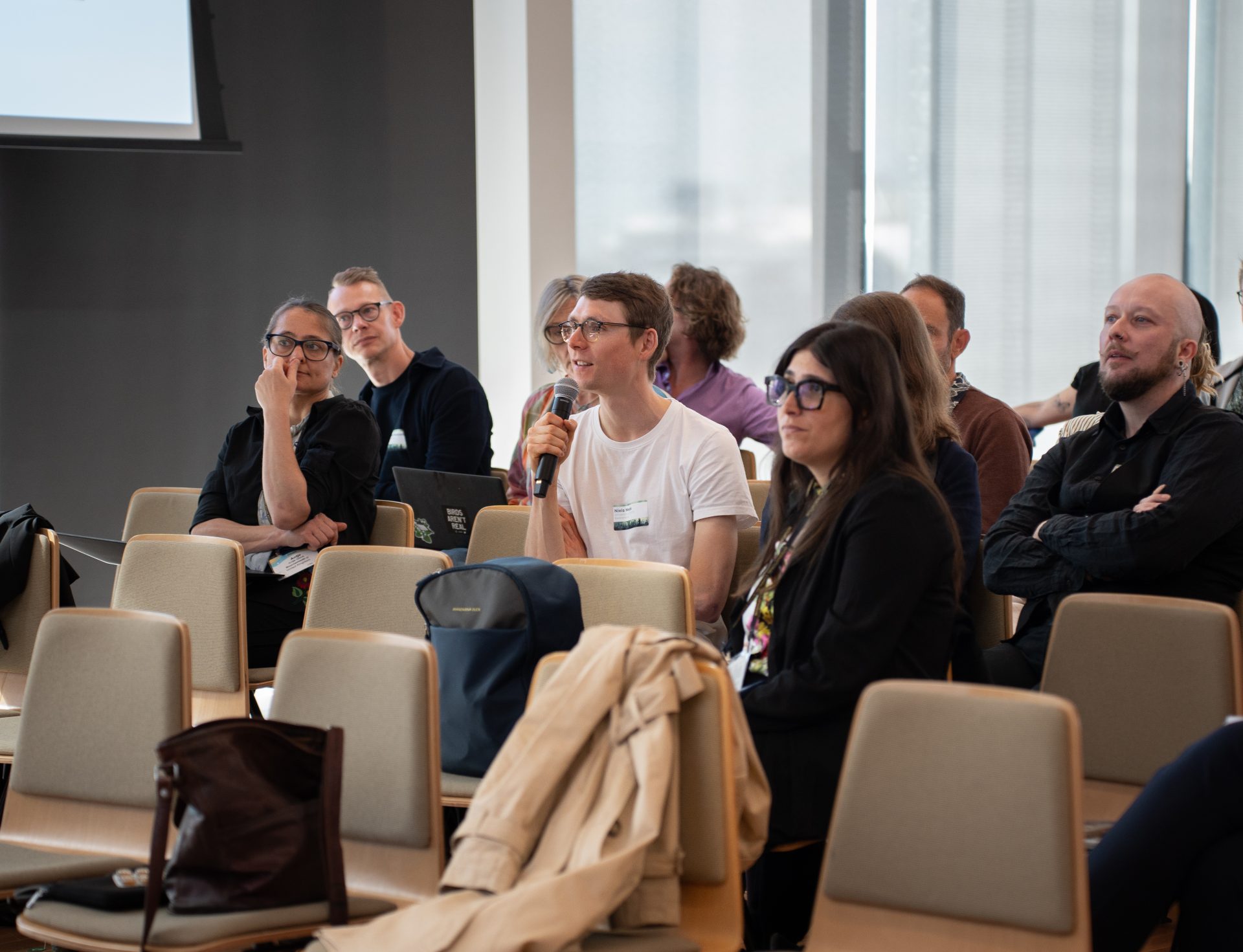
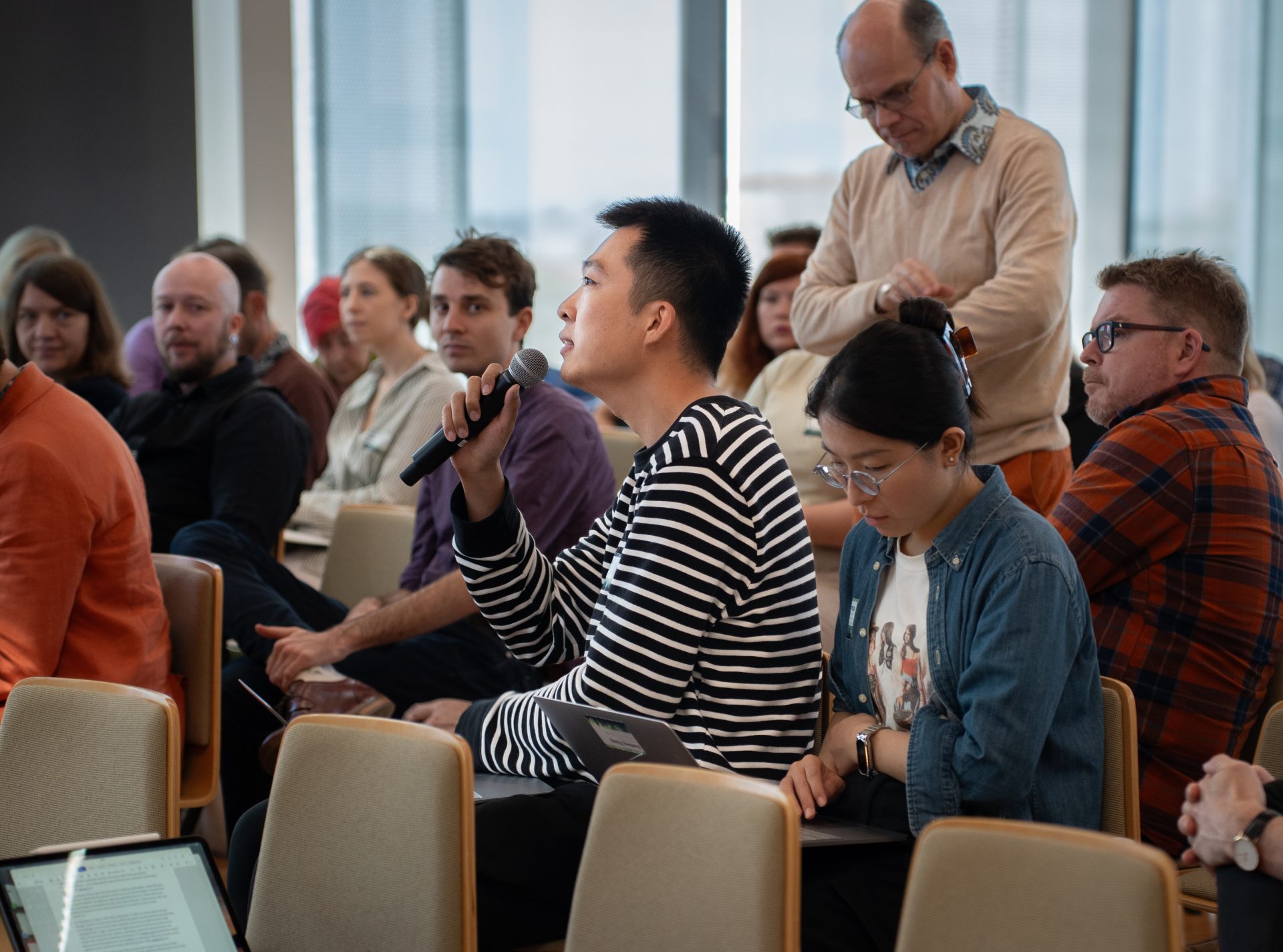
Following the keynote, the parallel sessions resumed. "Researching Conspiracist Thinking," featured Dr. Emma L. Briant, Associate Professor at Bard College, presenting on organizational factors in the production of conspiracy theories; Philipp Kessling, Researcher at the University of Leipzig, discussing the cross-platform activity of a conspiracy music collective during the COVID pandemic; and Moshe Karabelnik, Researcher at the University of Haifa, exploring visual practices of online activism and disinformation sharing in the COVID-19 vaccination mandate debate. Concurrently. "Working with Topic Models and LLMs," included Tariq Choucair, Researcher at the University of Sydney, presenting on measuring political leaders' polarizing discourses using an integrated approach combining manual and computational methods; Heesoo Jang discussed potential biases in LLMs for election information and civic engagement; and Alexandra Pavliuc, Researcher at the University of Zurich, examining how gender impacts strategic narrative use in digital diplomatic communications between Ukraine and the West during Russia’s 2022 full-scale invasion of Ukraine using structural topic modelling.
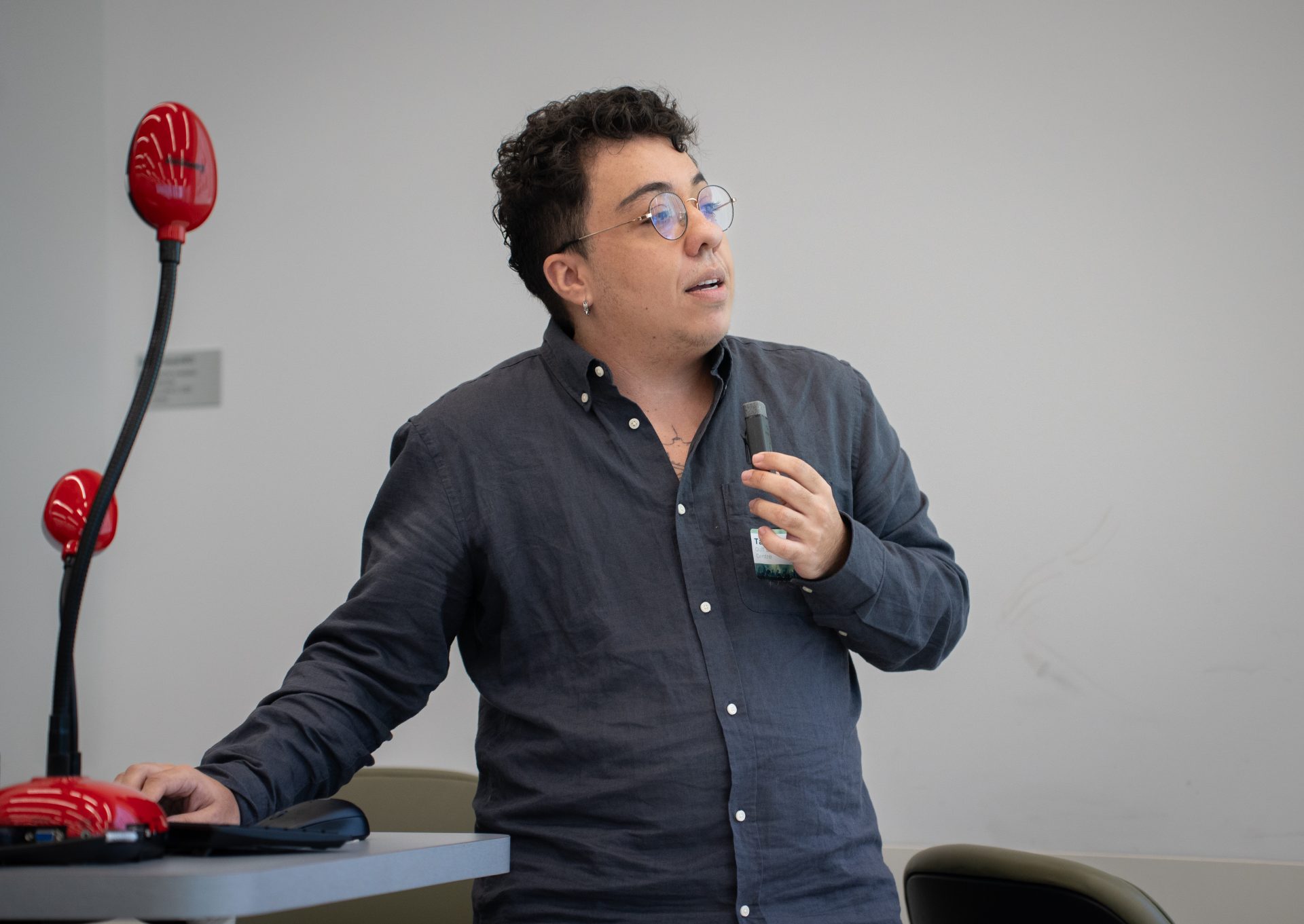
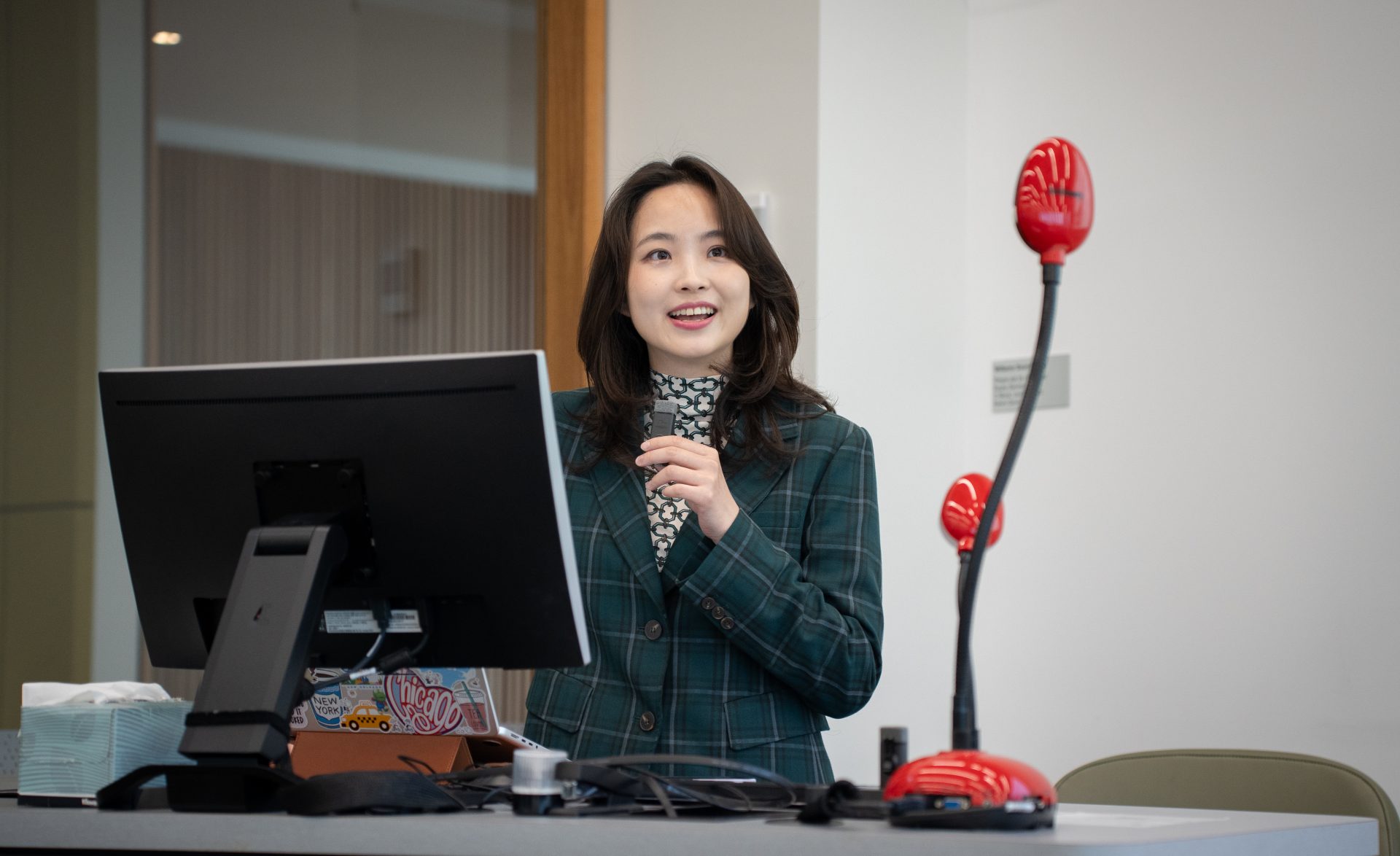
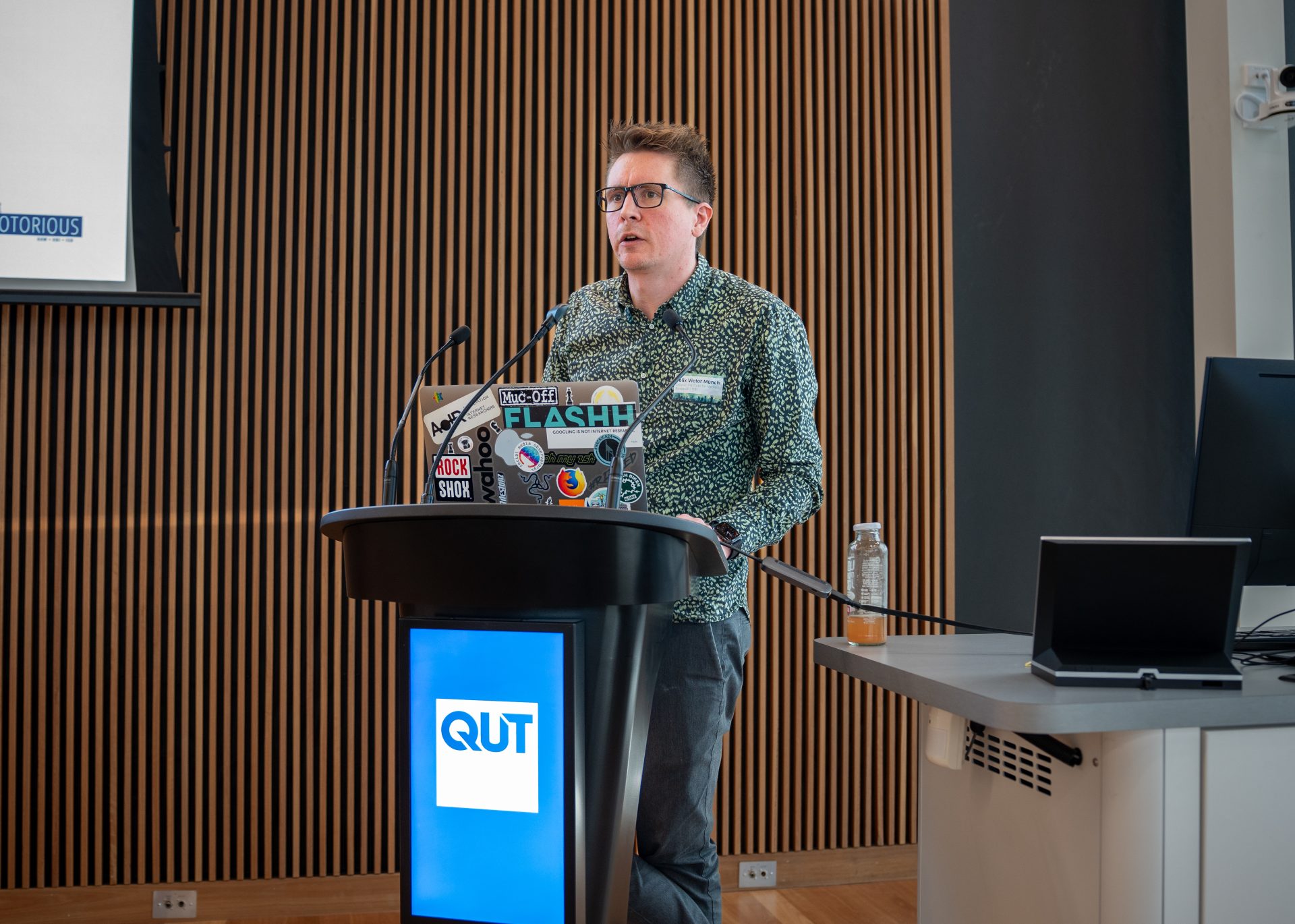
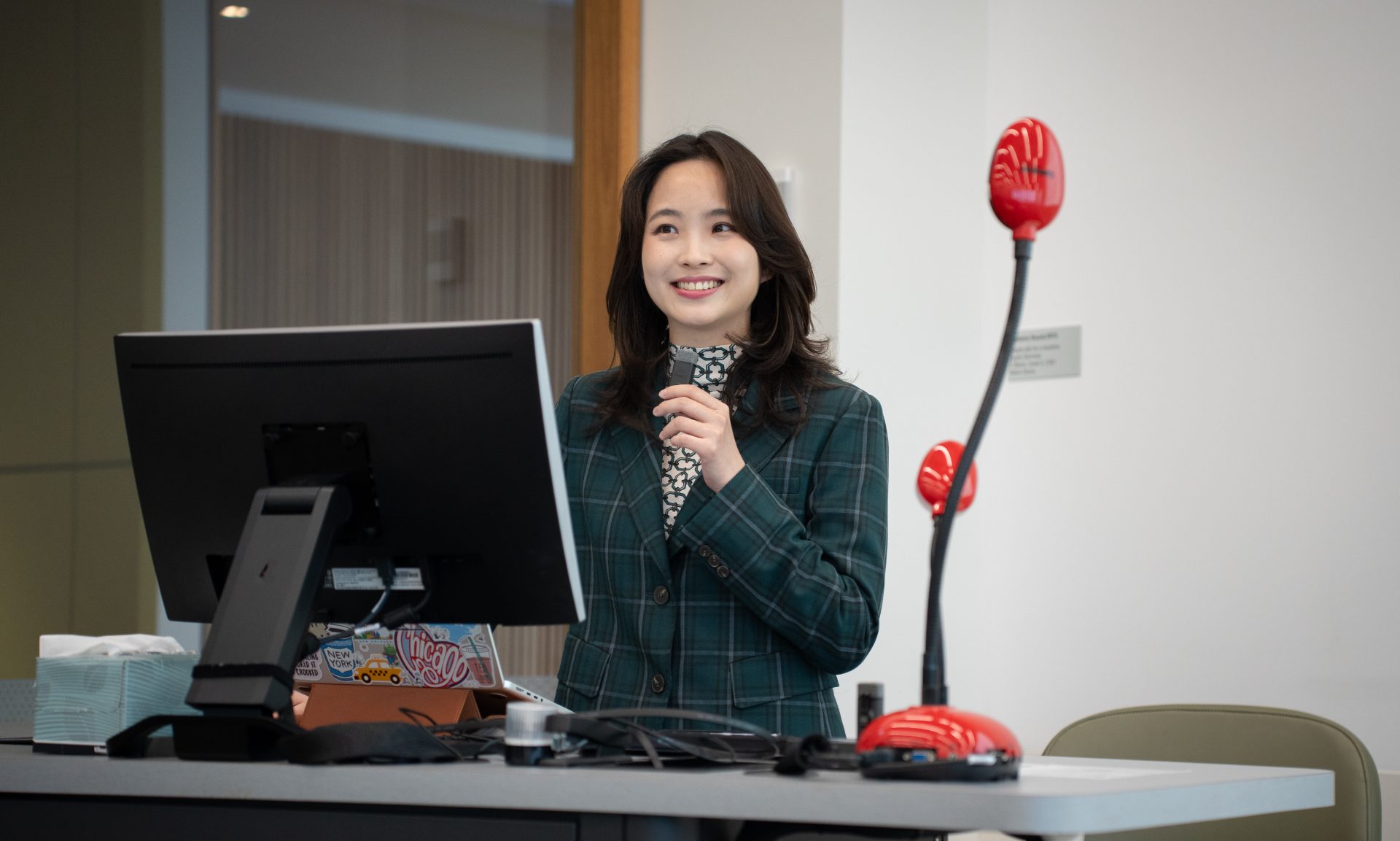
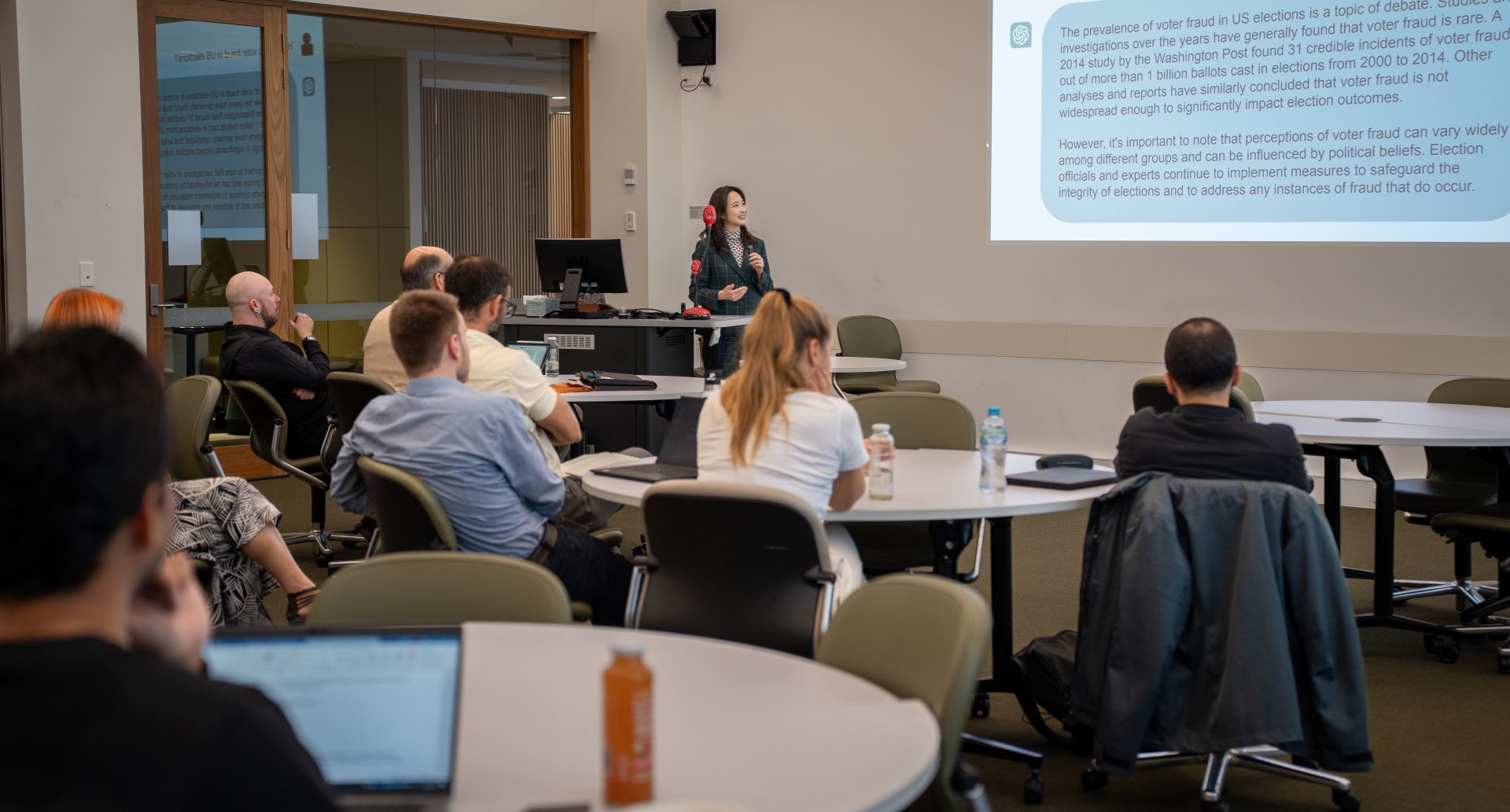
The post-conference fostered a vibrant exchange of ideas and underscored the importance of interdisciplinary approaches in addressing pressing issues of power, propaganda, and polarization.
The sessions were marked by insightful discussions, collaborative opportunities, and a shared commitment to advancing research in these critical areas.
Looking Ahead
The academic discourse at ICA 2024 showcased CITAP’s extensive expertise, with researchers highlighting critical issues from media capture and democratic backsliding to climate policy response and the cultural impacts of the U.S. military, underscoring our commitment to addressing complex global challenges through the lens of power.
In Brisbane, the post-conference facilitated dialogues and collaborative opportunities with presenters from 21 universities across 8 countries. The plenary sessions and parallel discussions, covering topics from digital propaganda to identity movements, were marked by engagement and collaboration.
The diversity of perspectives and depth of research emphasized the importance of interdisciplinary approaches and international collaboration in learning how to best approach questions of power, digital inequities, and more. As we move forward, the insights and connections made during these events will enrich CITAP’s continuous work to understand and address the dynamics of power, propaganda, and polarization in our digital world.
